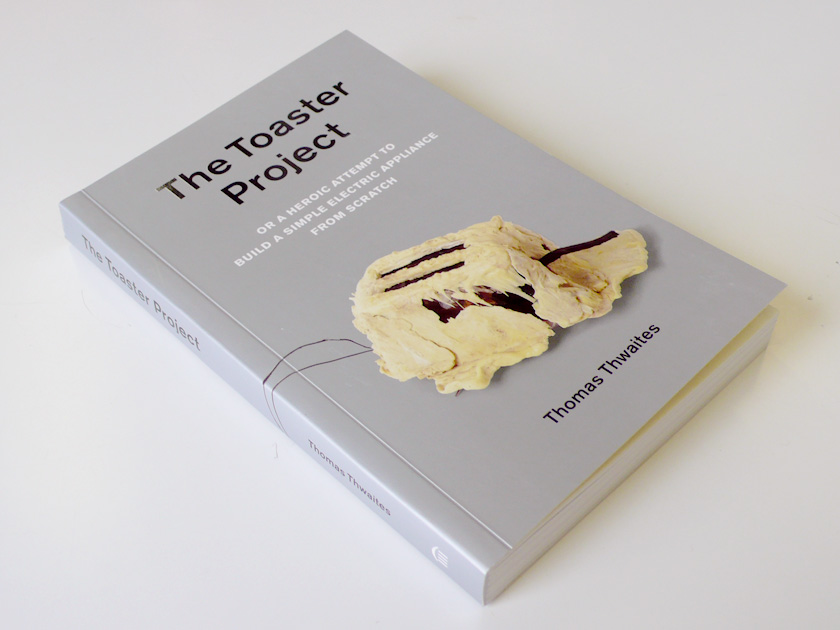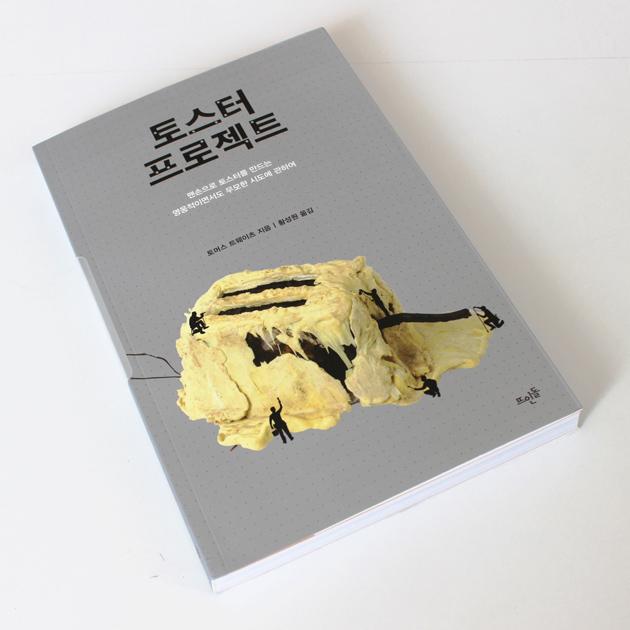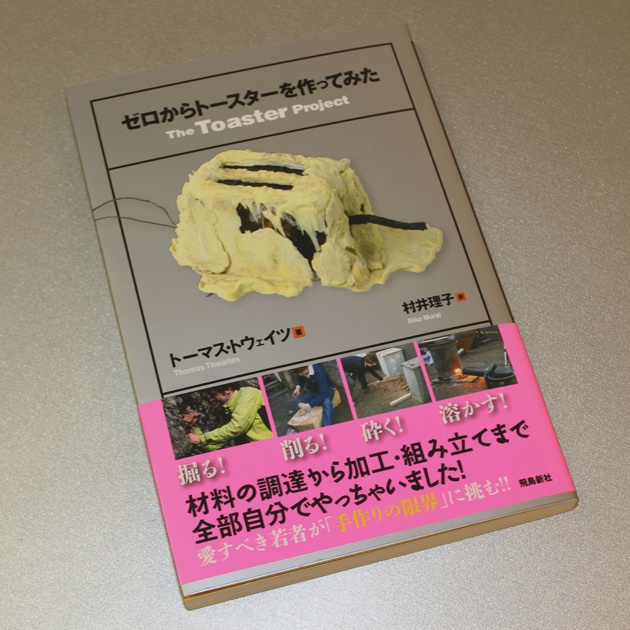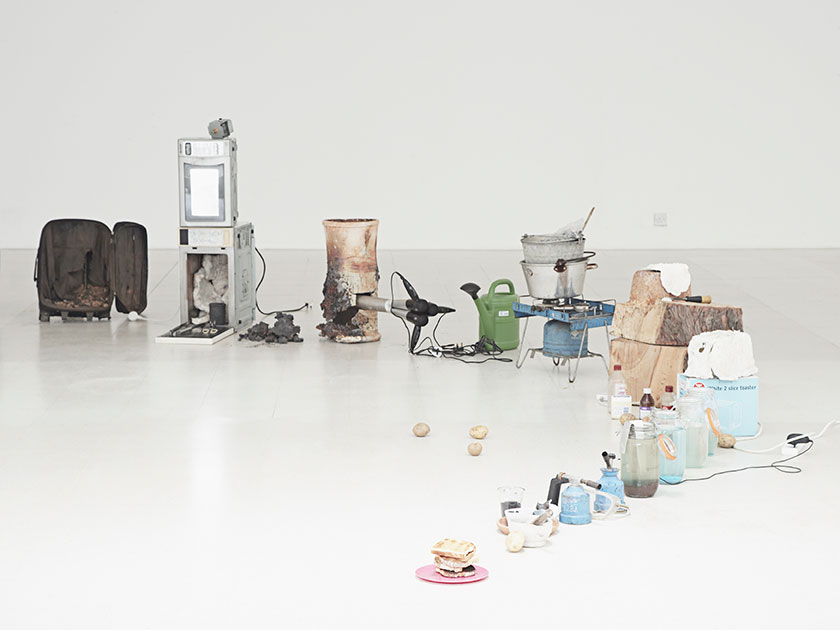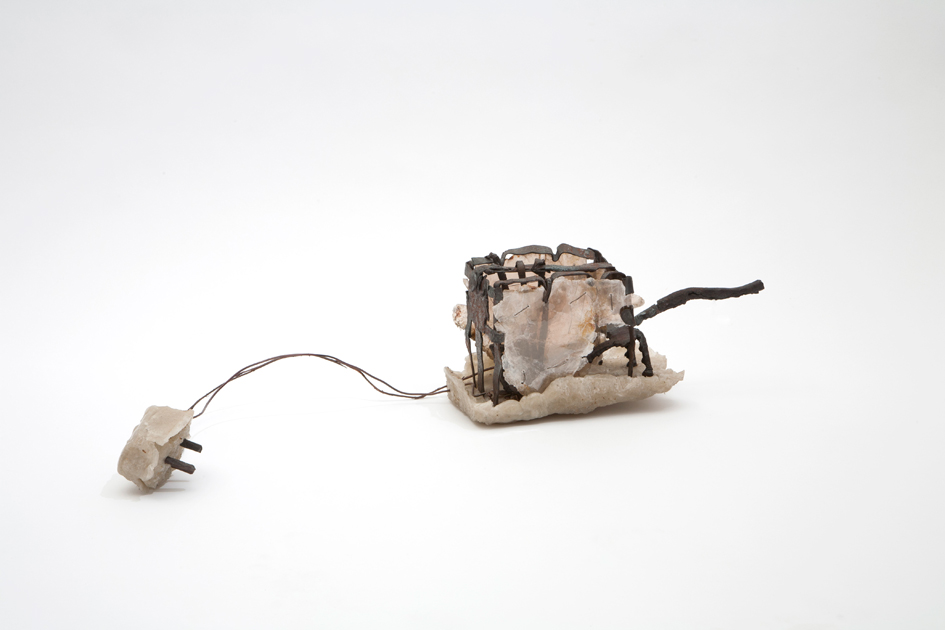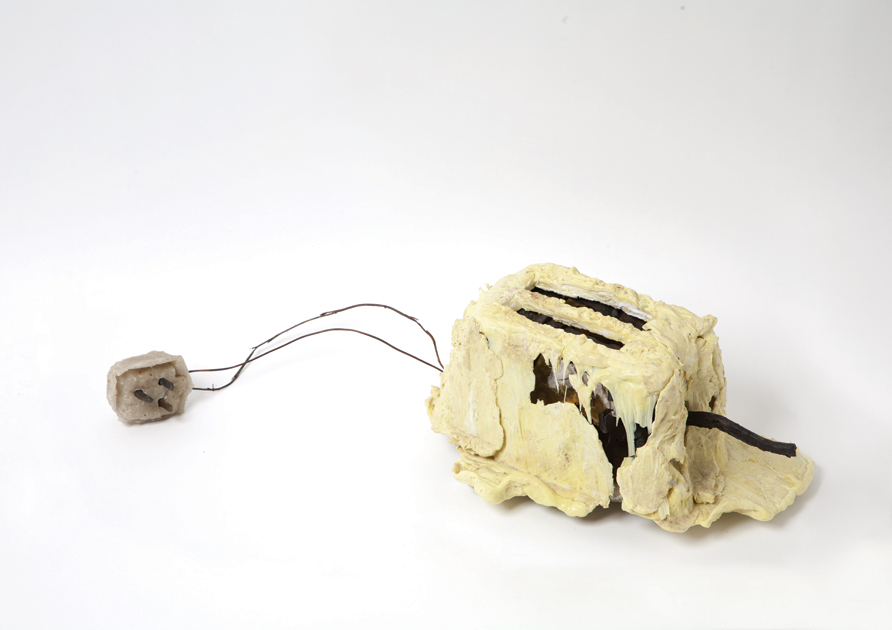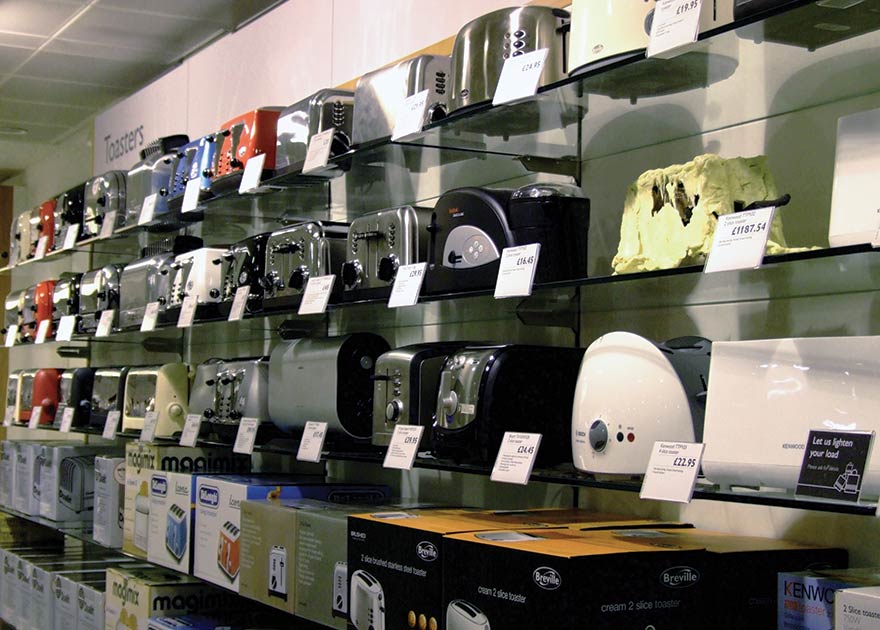“The road to hell is paved with good intentions”
Decades of writings, dialogues, and attempts to practice green-eco-good-better design, and yet here we are: not a snowflake’s chance in hell of keeping below 1.5º to say the least.
I’ve decided to lower my ambition: instead of trying to do good design, how about at least design that does no harm? So I’ve decided to make a car, that’s ‘harmless’.
Harmless: To all things, for all time. Harmless in its manufacture and its use. What a dream! But giving it a seconds thought – impossible. Impossible things can be revealing though.
The Harmless Car is work in progress. It currently has a ‘space frame’ type chassis, designed with the assistance of Prof. Jun Wu at Delft Institute of Techology, woven from coppiced willow; the least harmful material in world. It has large low pressure tyres (eventually to be made from dandelion rubber) so that should it run over a small snail (or any other creature) it will leave it unharmed. I am exploring options for harmless power… An impossible work in progress.
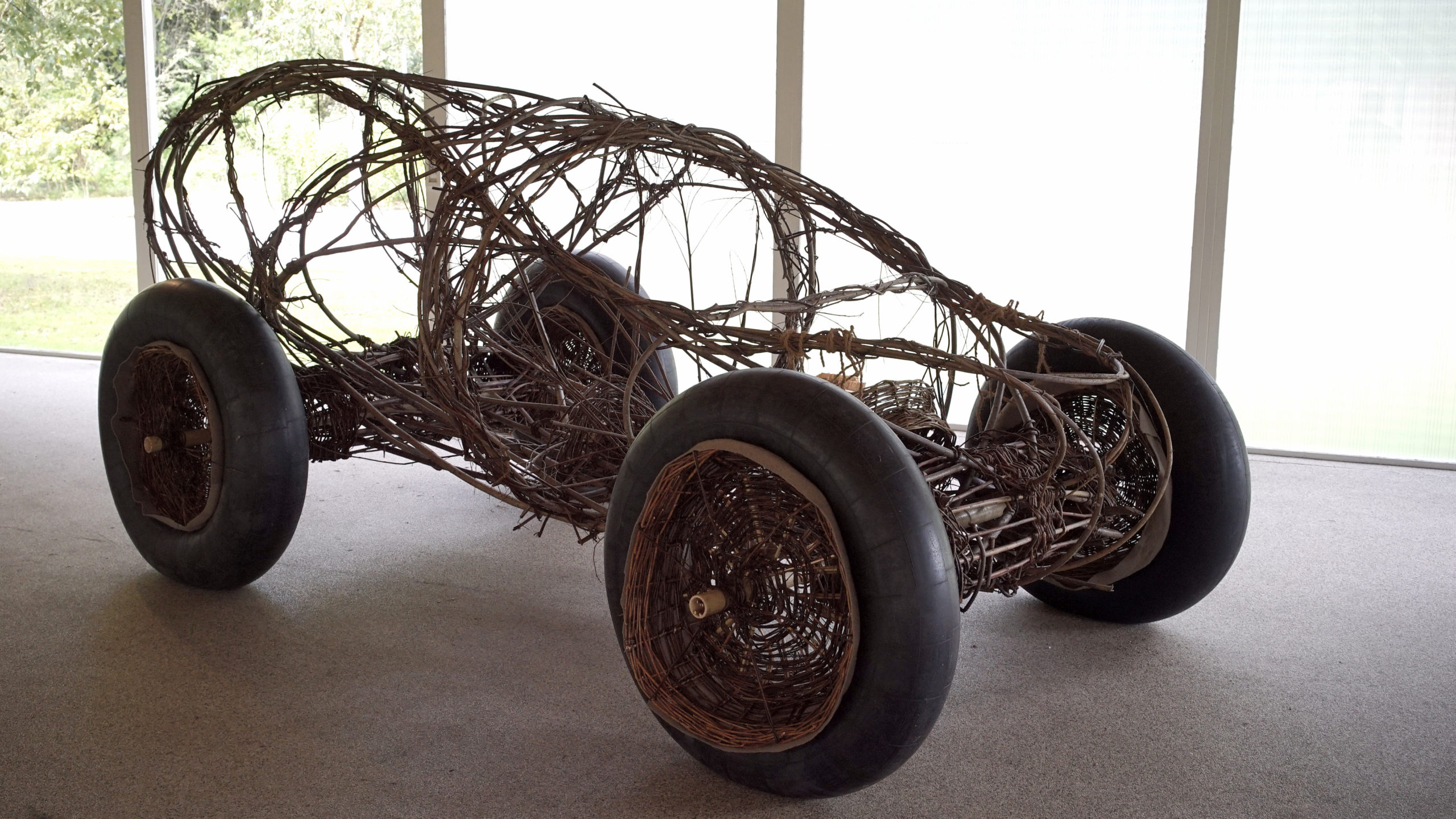
The Harmless Car as at Zone2Source
The Harmless Car is an object from a world with different design criteria, a different value system, a different calculus of harm from our own. It cuts to a formulation of design as a means of creating objects to transfer harm from one person, place, time or species, to another. Every design decision is political, because it contains this intrinsic calculus of harm: us or them, now or later?
If it’s inevitable your design will harm, on who or what is it just for that harm to fall? On yourself, your own family and lifestyle? Those most able to bear the harm? Those distant to you in time and place? If you could choose where to place your harm, where should it go?
Everything is connected.
(so it’s impossible to)
Do no harm.
The concept for the Harmless Car was developed during my participation in the Machine Wilderness residencies at ARTIS Royal Zoo, which Zone2Source organised with FoAM in Spring 2022. Further work was done during my solo show at Zone2Source in summer 2023.

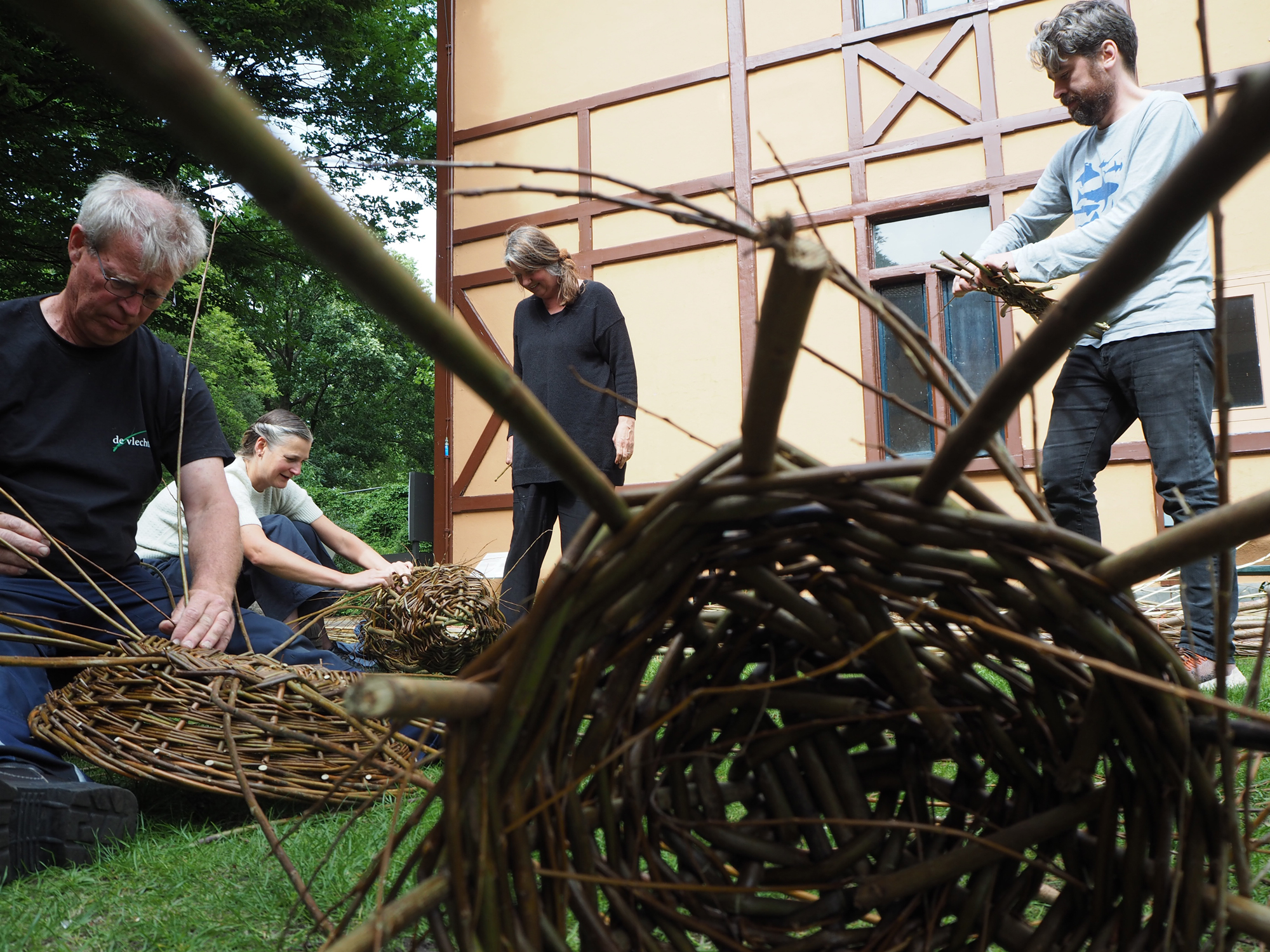
Car weaving workshop, with help from Piet Hein at vlechterij.nl
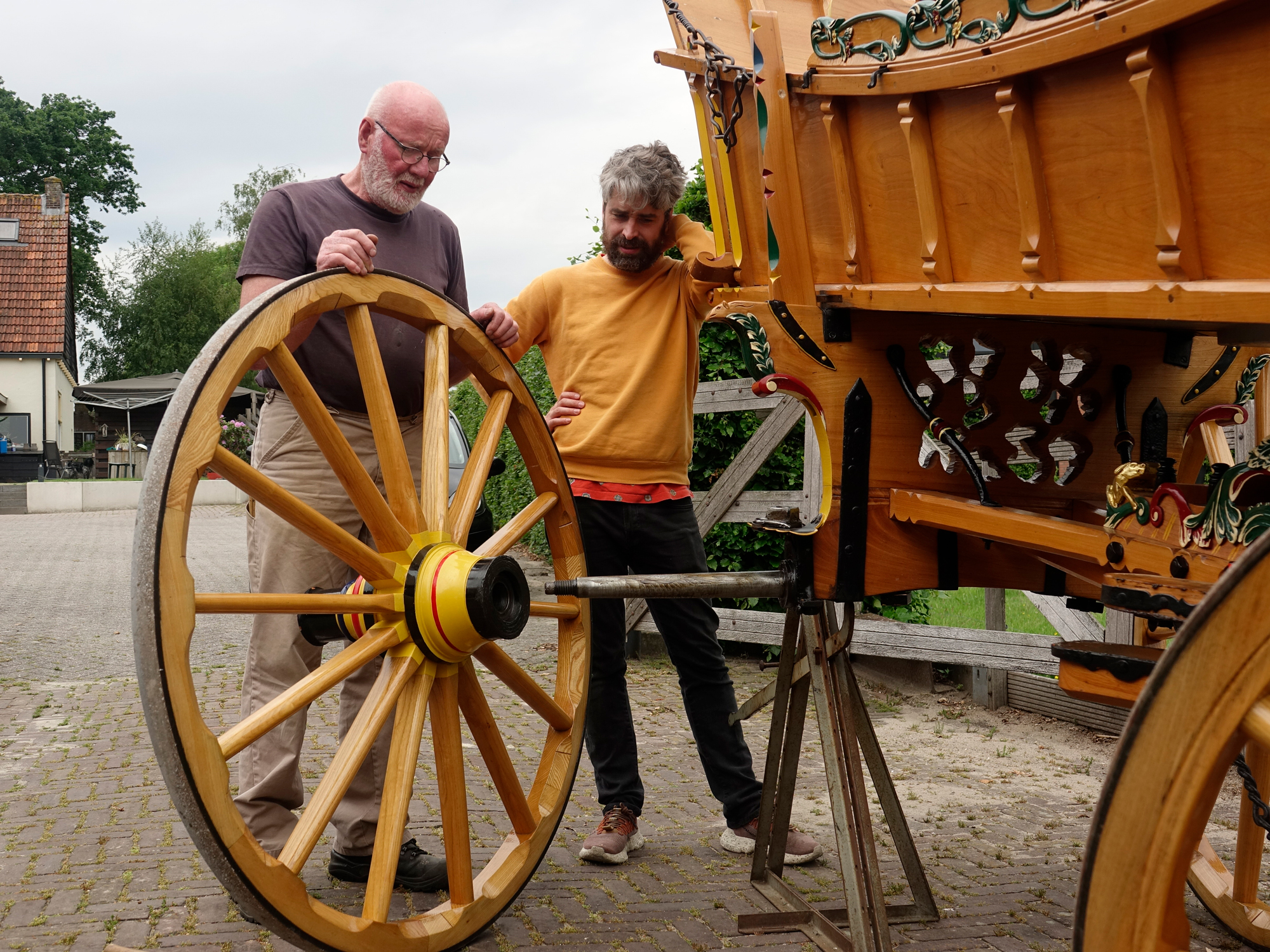
Visiting Toon Wortel, the last Dutch wagon maker. Wheels are complex.

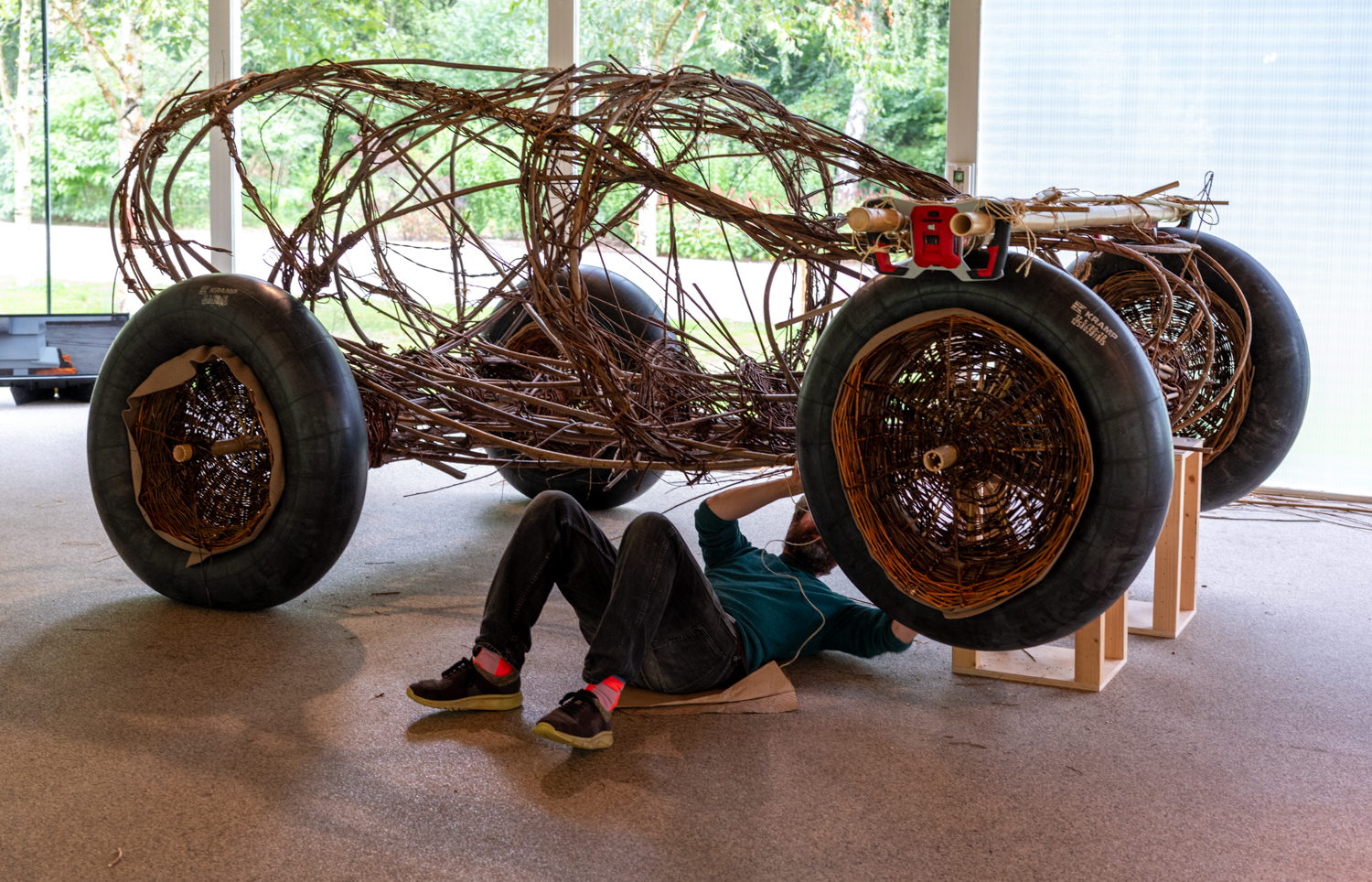
Photo: Marjolein Vinkenoog for Zone2Source
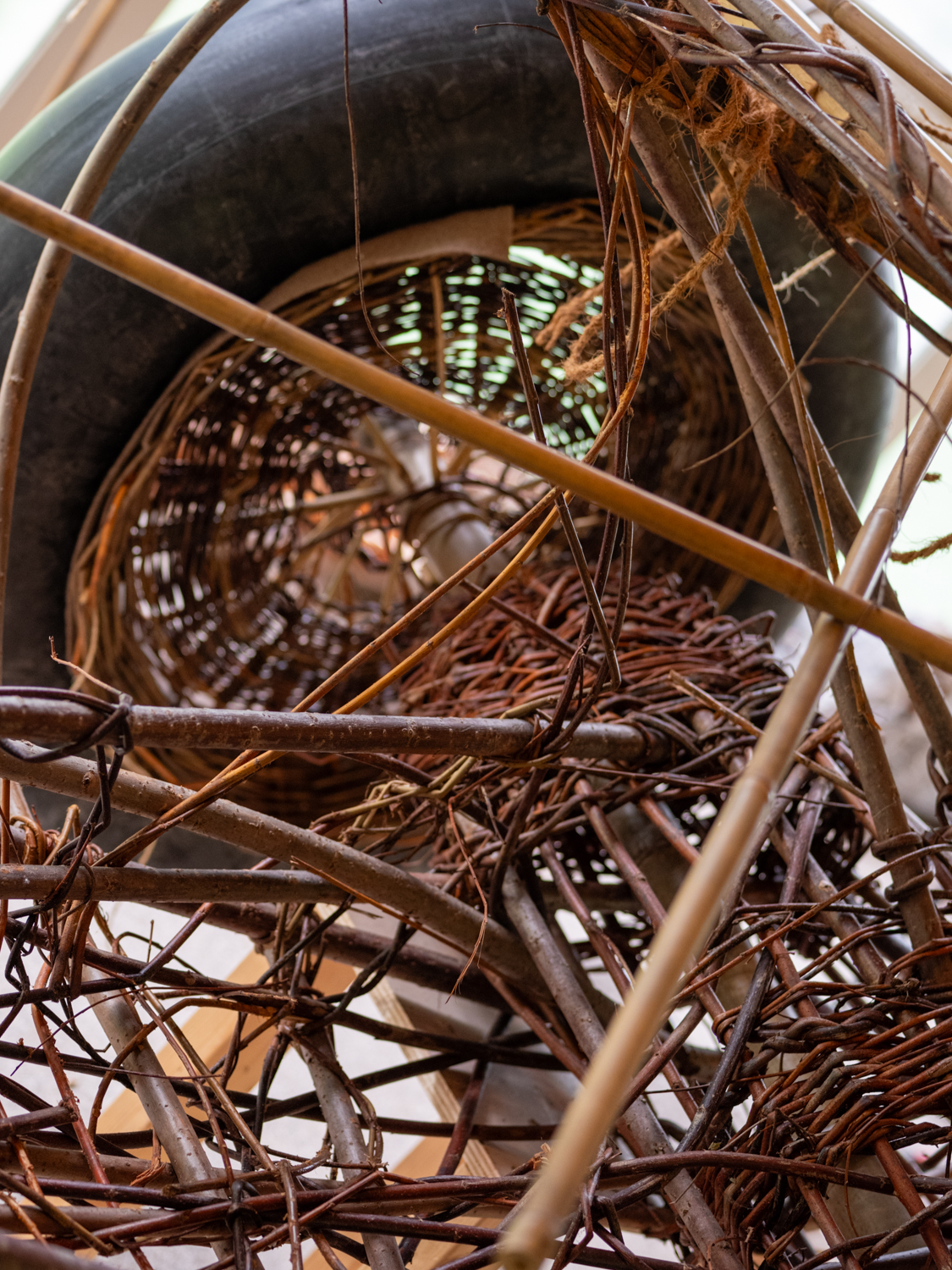
Photo: Marjolein Vinkenoog for Zone2Source
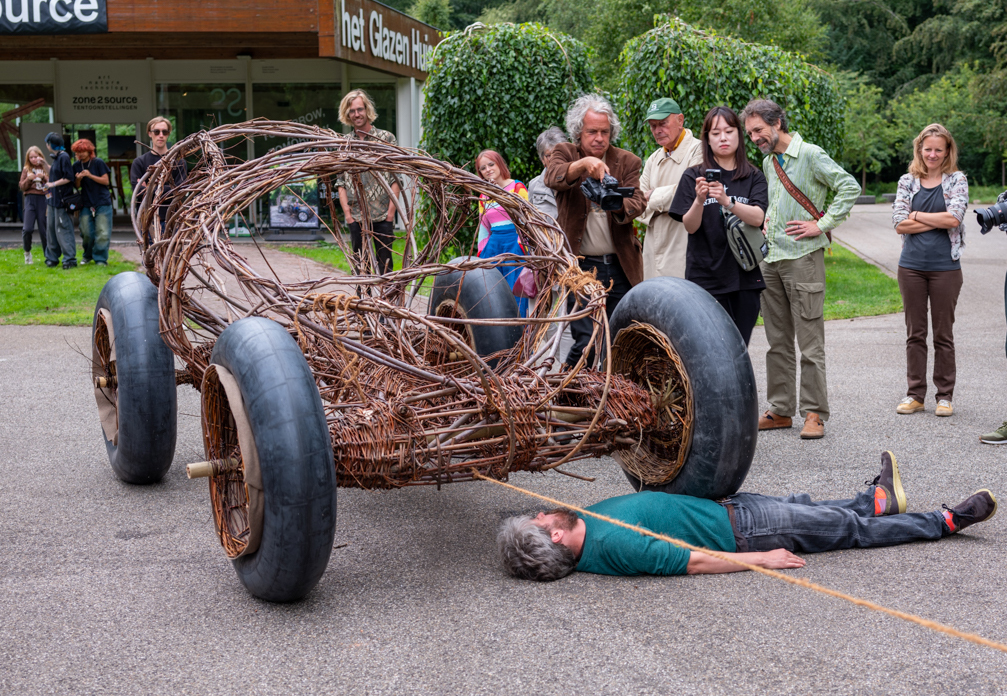
Photo: Marjolein Vinkenoog for Zone2Source
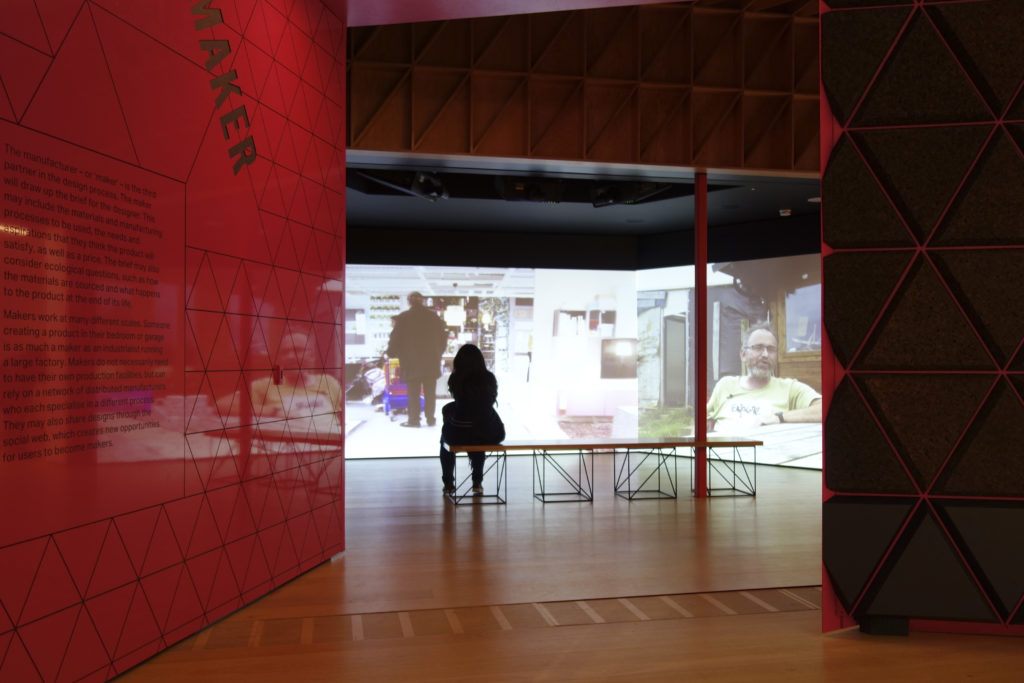
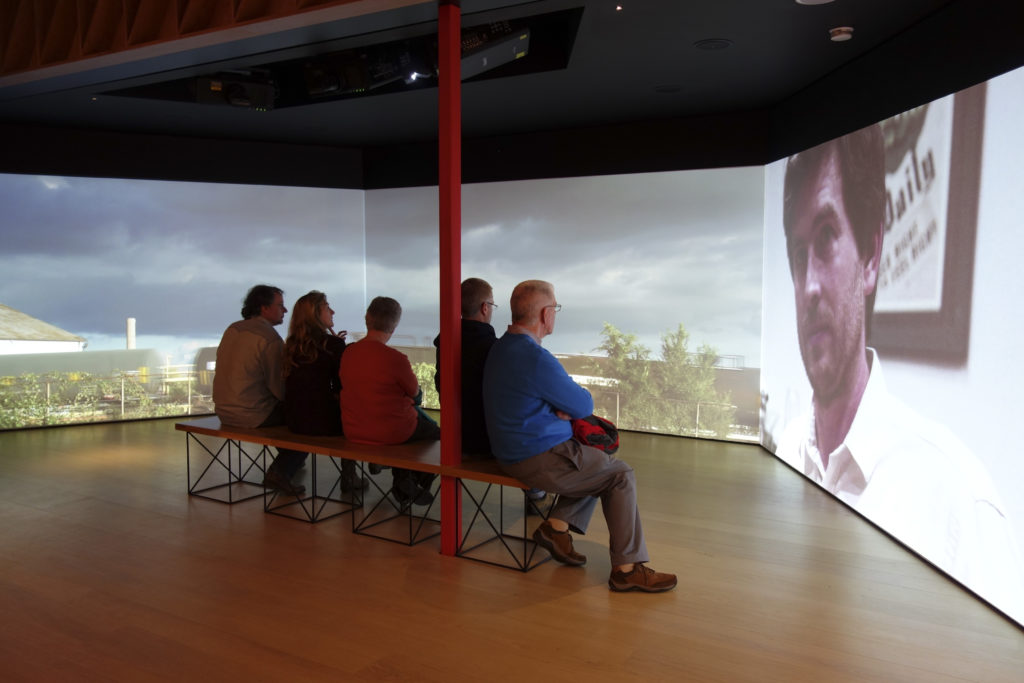
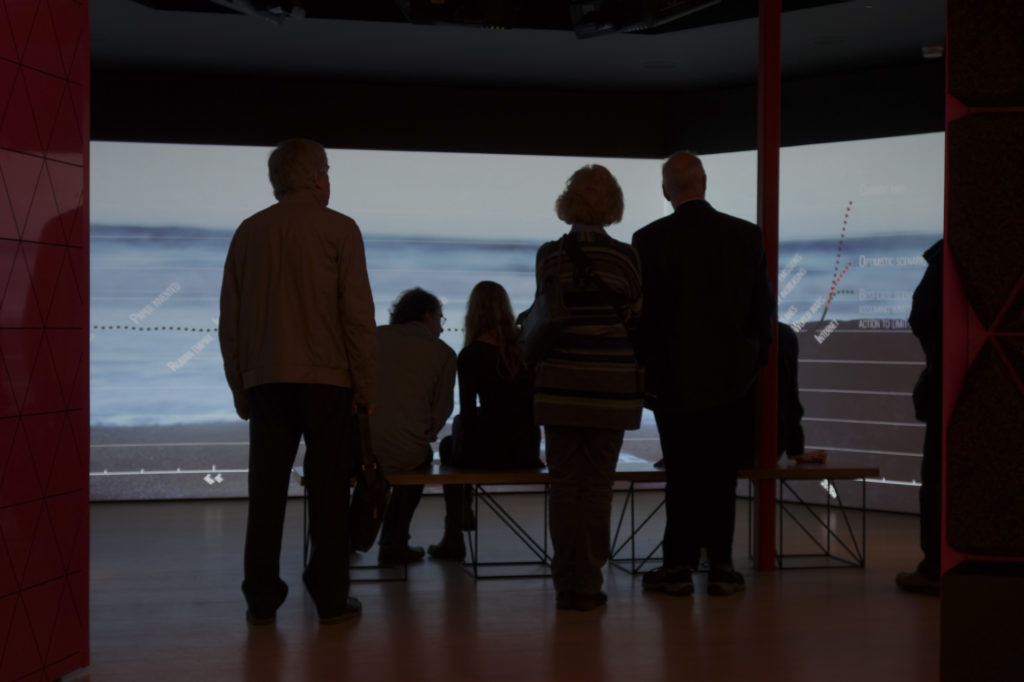
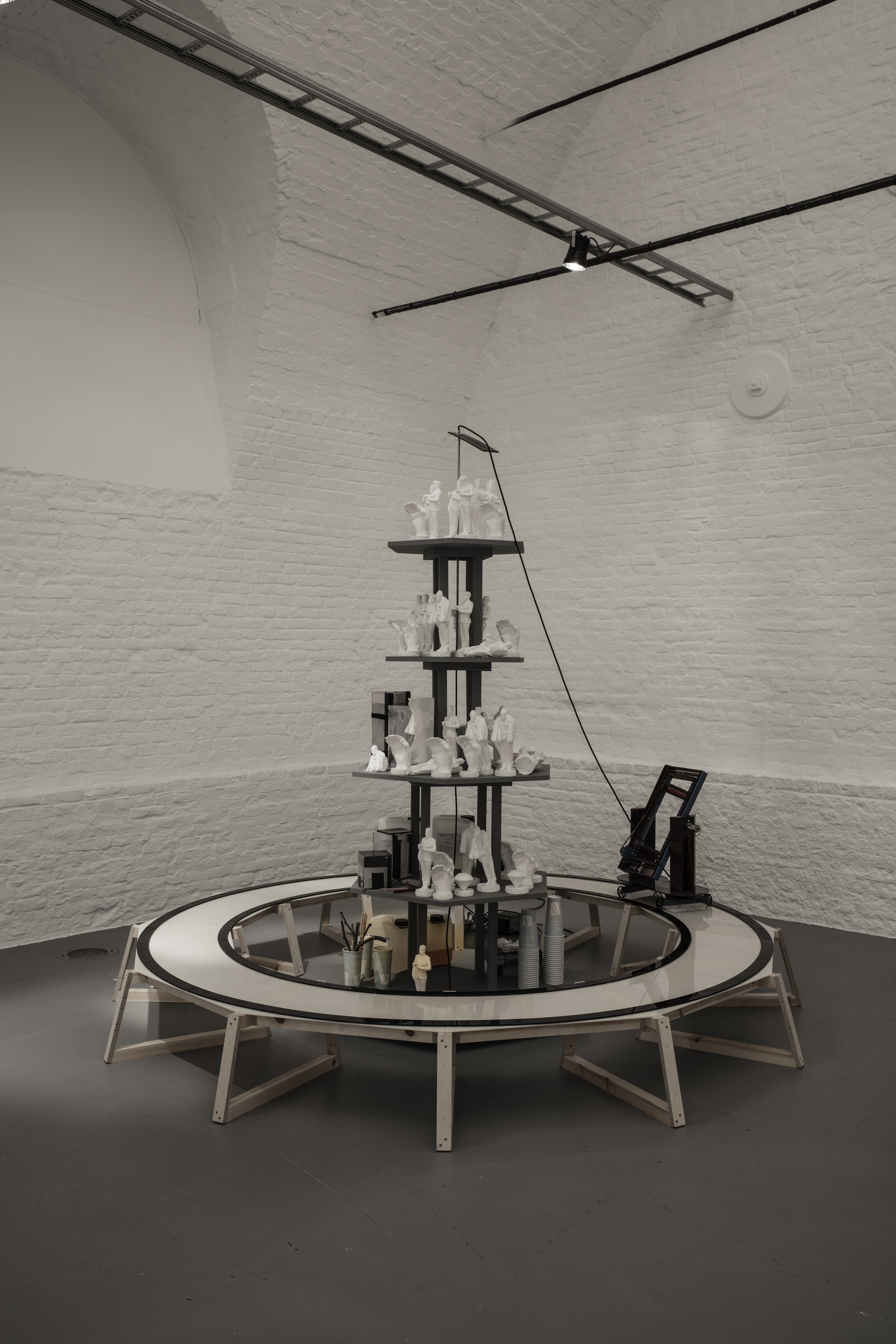
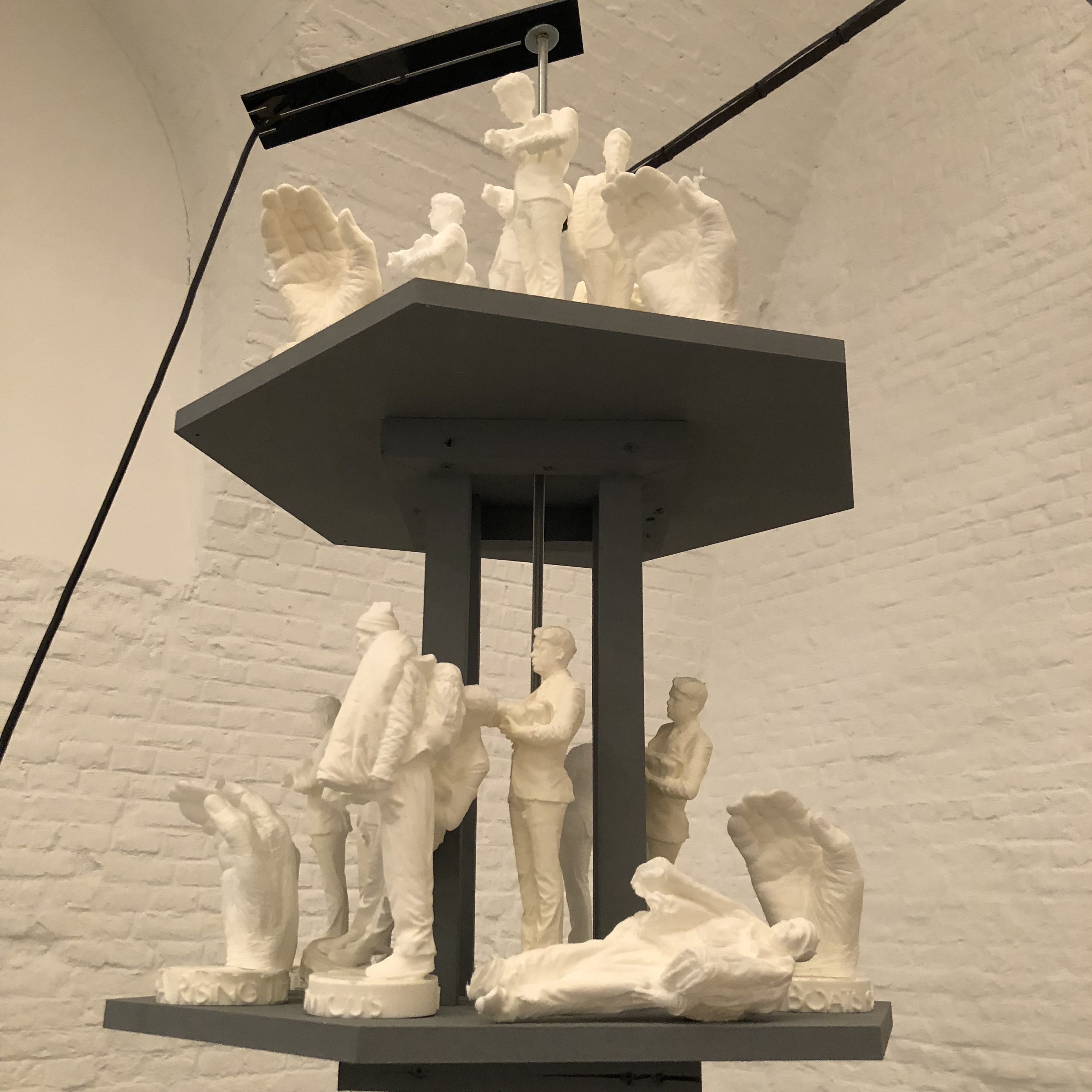
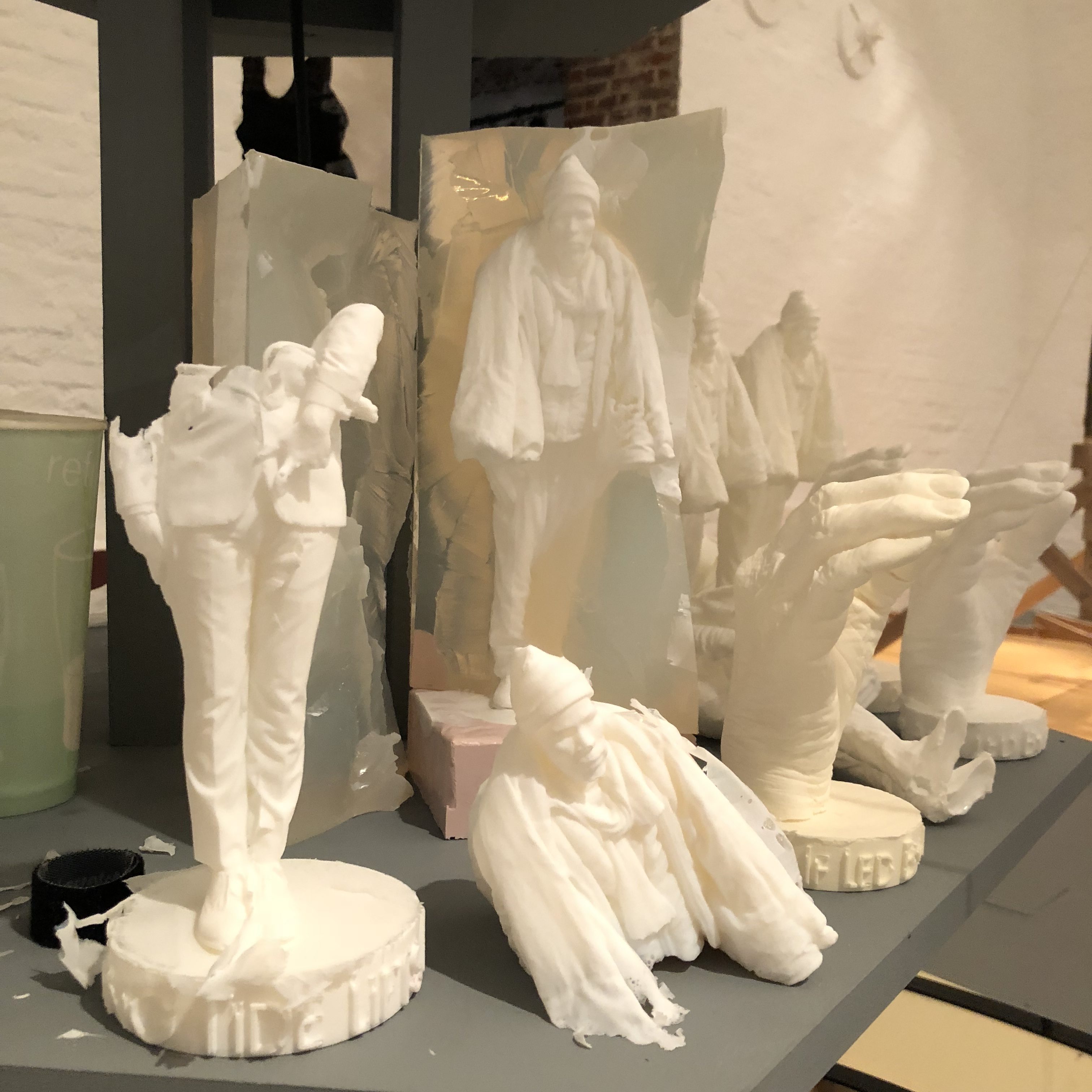
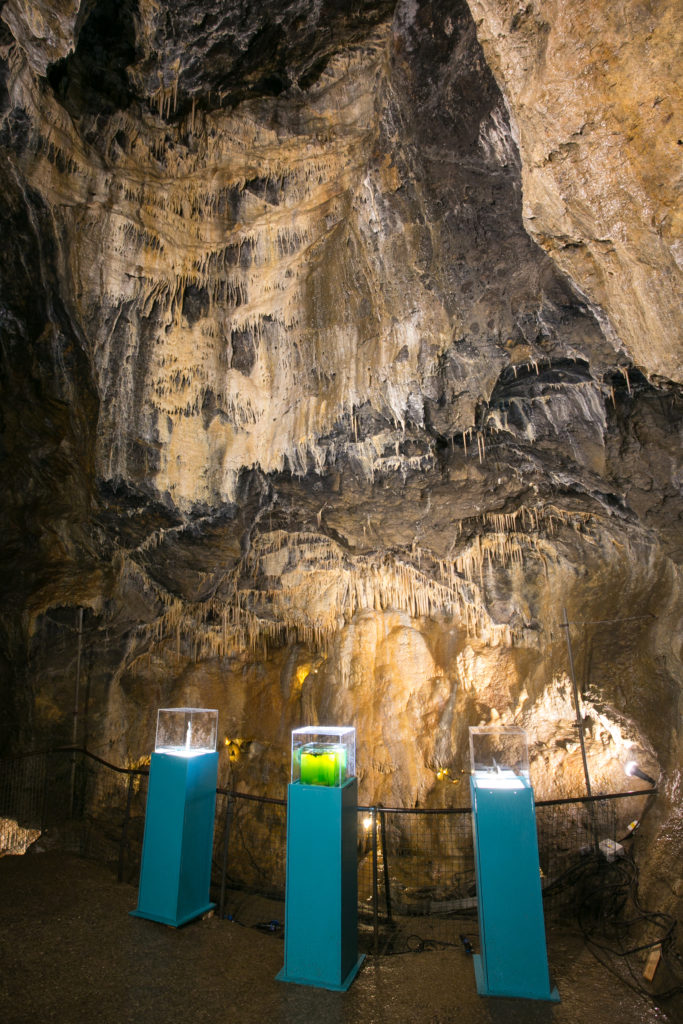
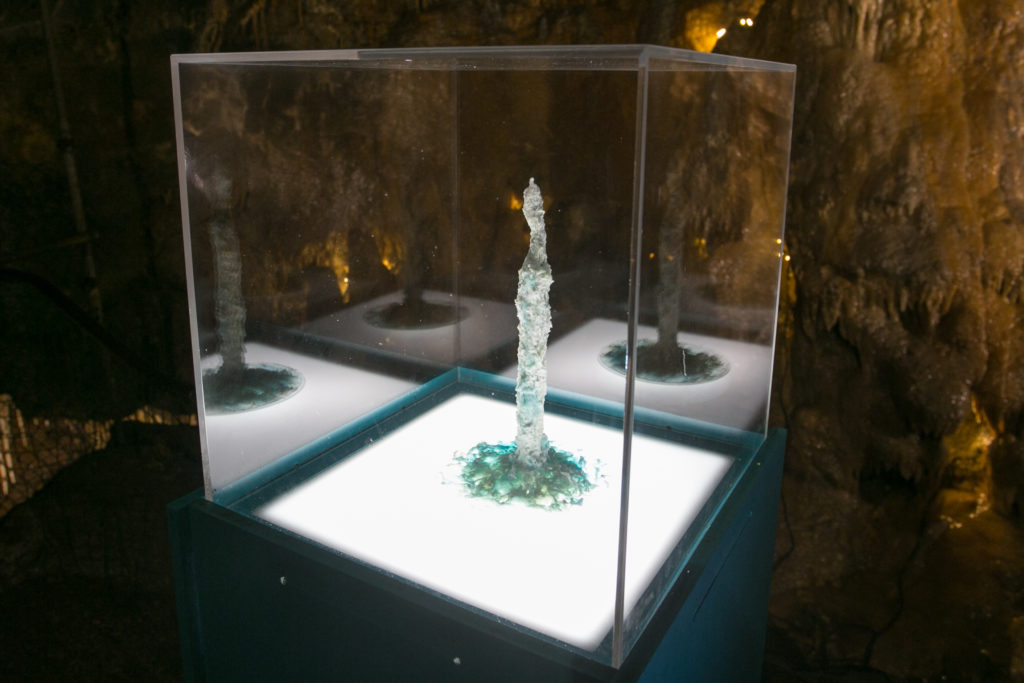
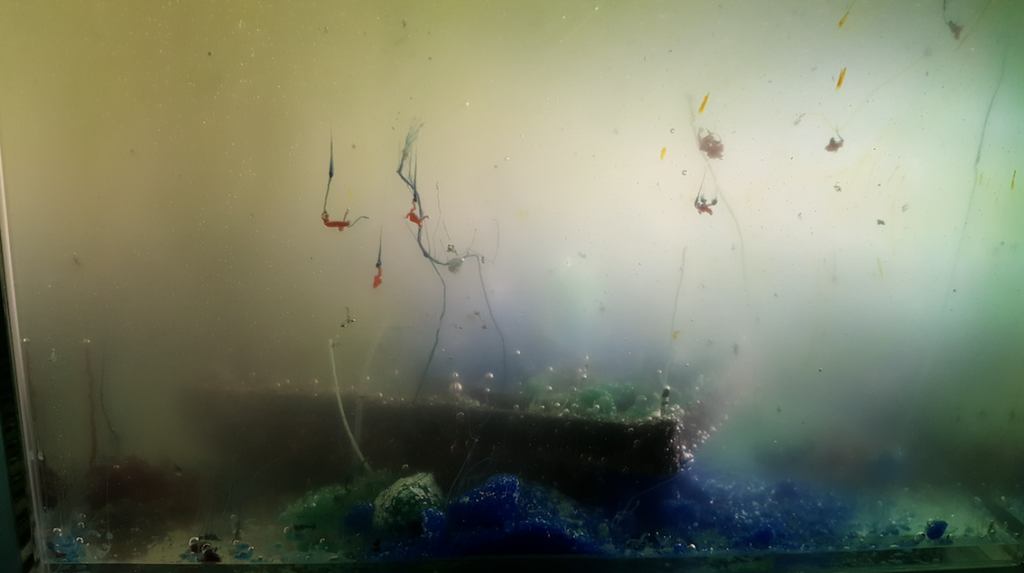
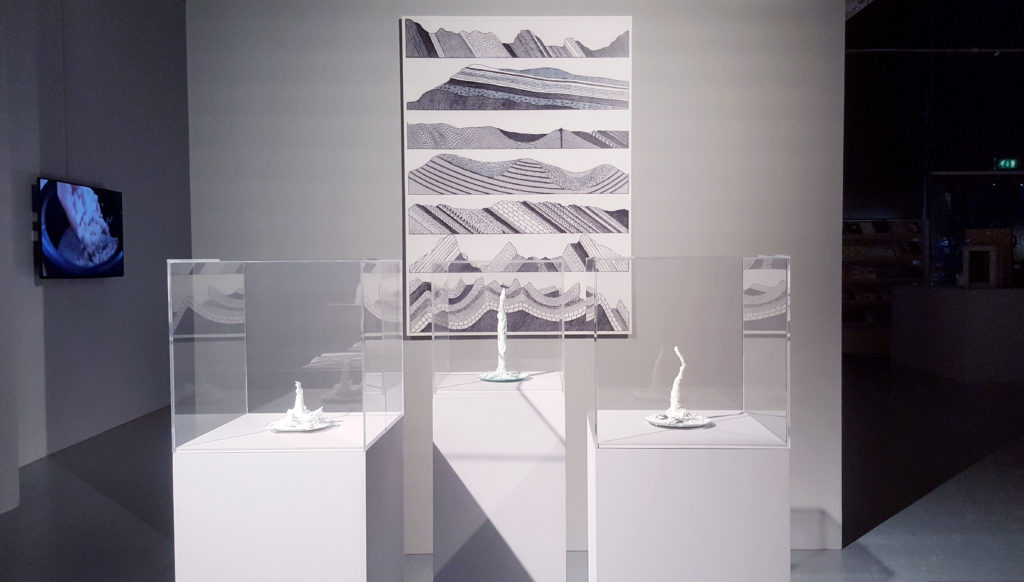
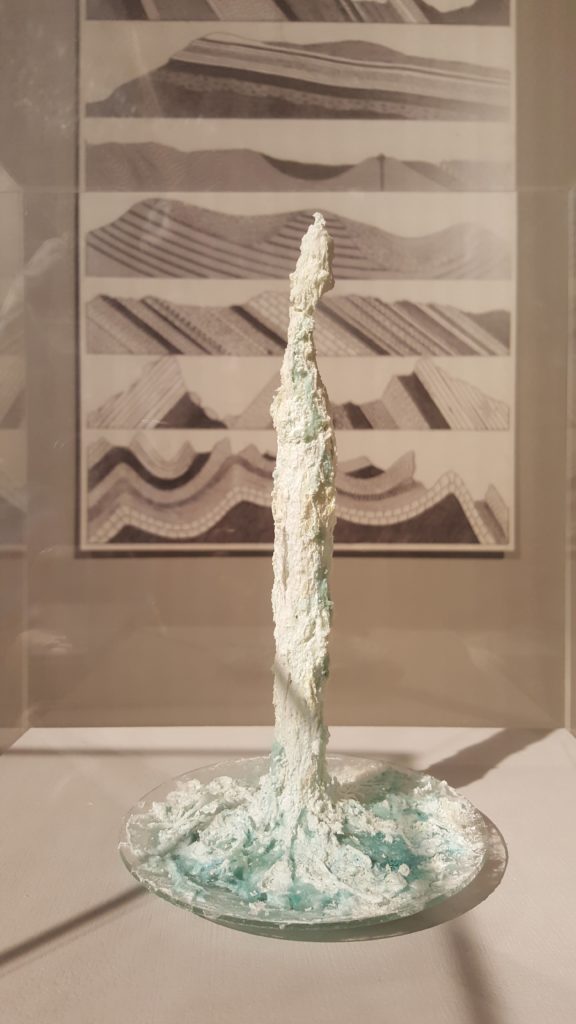
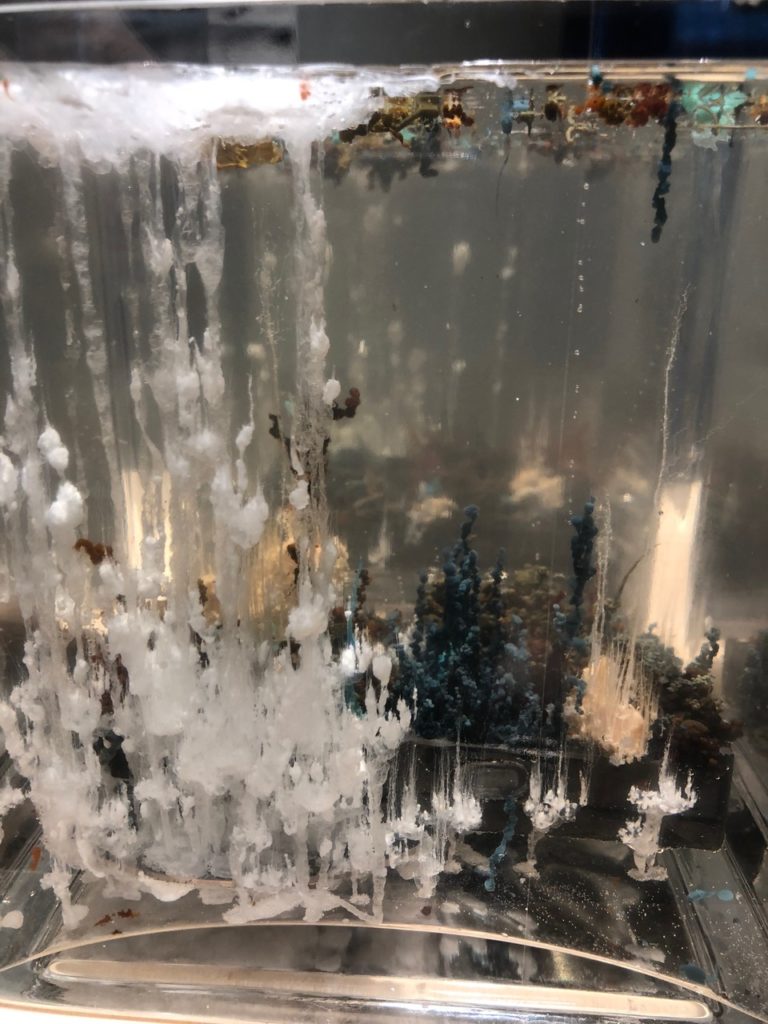
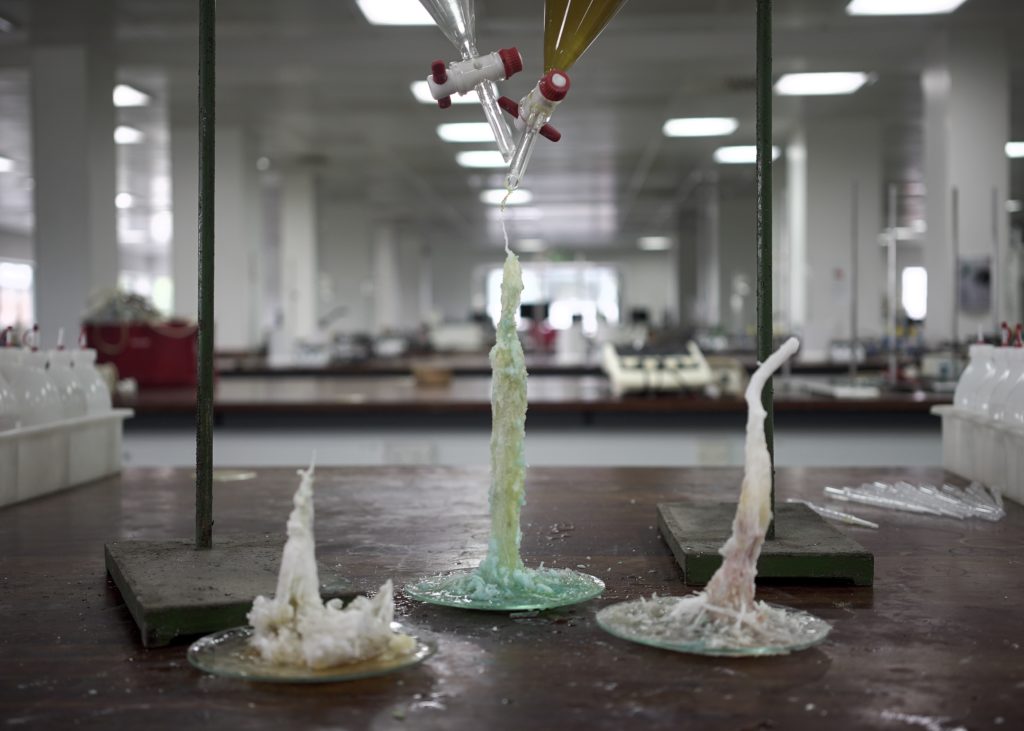
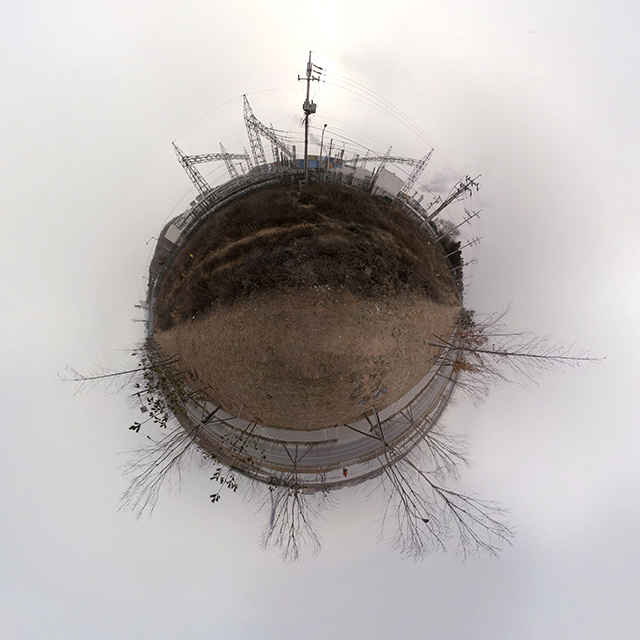
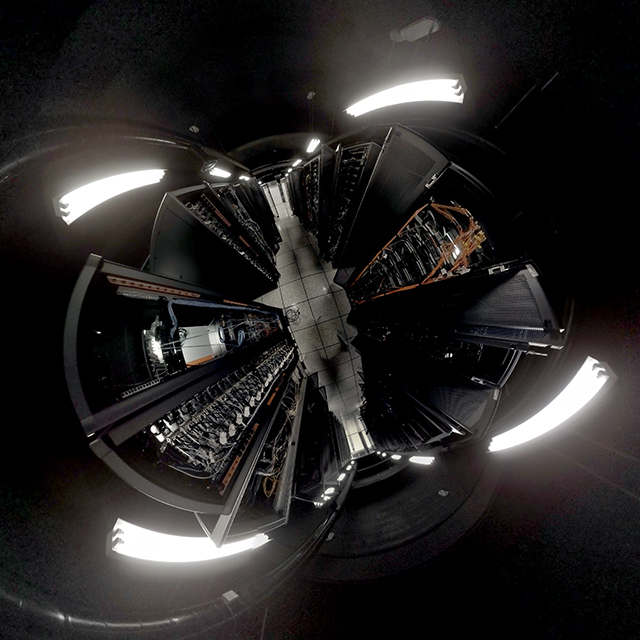
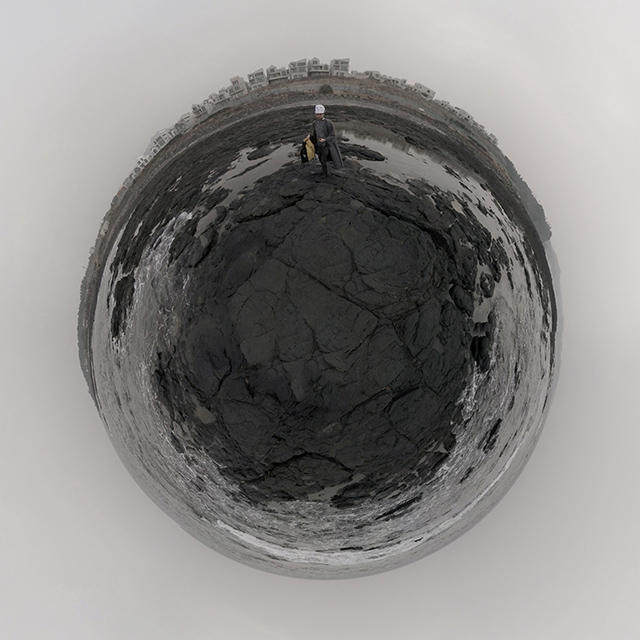
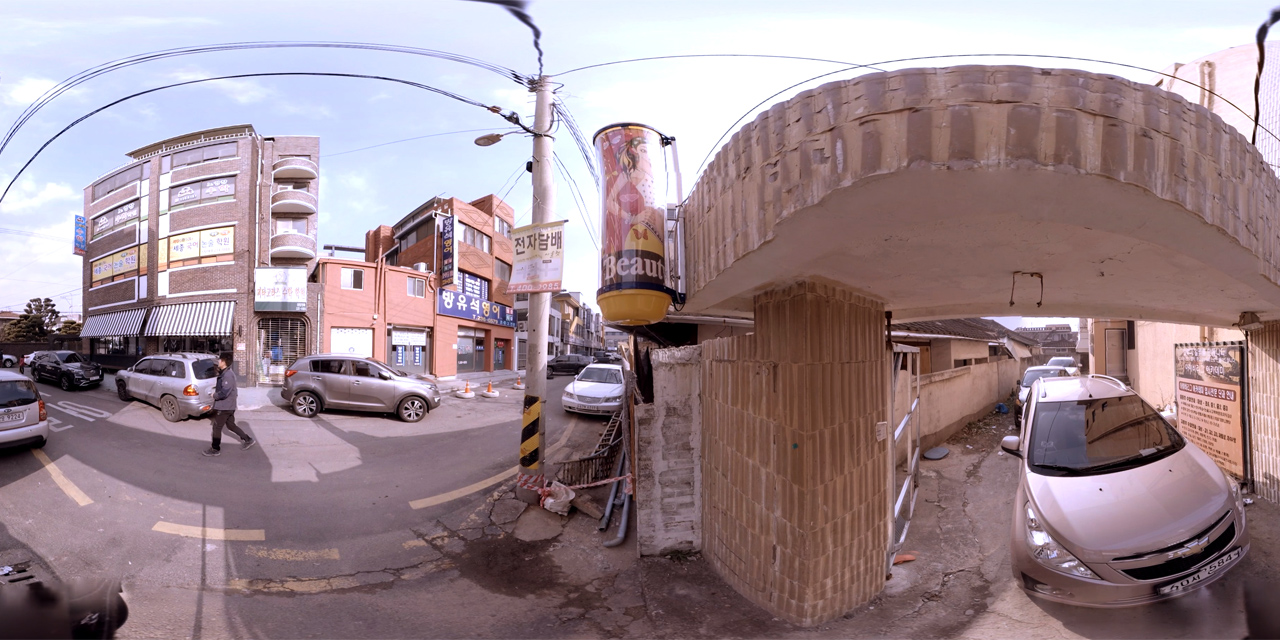 The specifics of our beliefs will have been forgotten. The details of our wars and triumphs, will be of interest only to academics, or will be reduced to sweeping generalisations made about ‘the peoples of the late Holocene’… Our most advanced technology will be yellowed by age, in glass museum display cases. Probably. Or perhaps in two centuries the world will be such that no person will be interested in the ruins of our civilisation. But we have to hope that one day, someone in the future will wonder about us.
The specifics of our beliefs will have been forgotten. The details of our wars and triumphs, will be of interest only to academics, or will be reduced to sweeping generalisations made about ‘the peoples of the late Holocene’… Our most advanced technology will be yellowed by age, in glass museum display cases. Probably. Or perhaps in two centuries the world will be such that no person will be interested in the ruins of our civilisation. But we have to hope that one day, someone in the future will wonder about us. 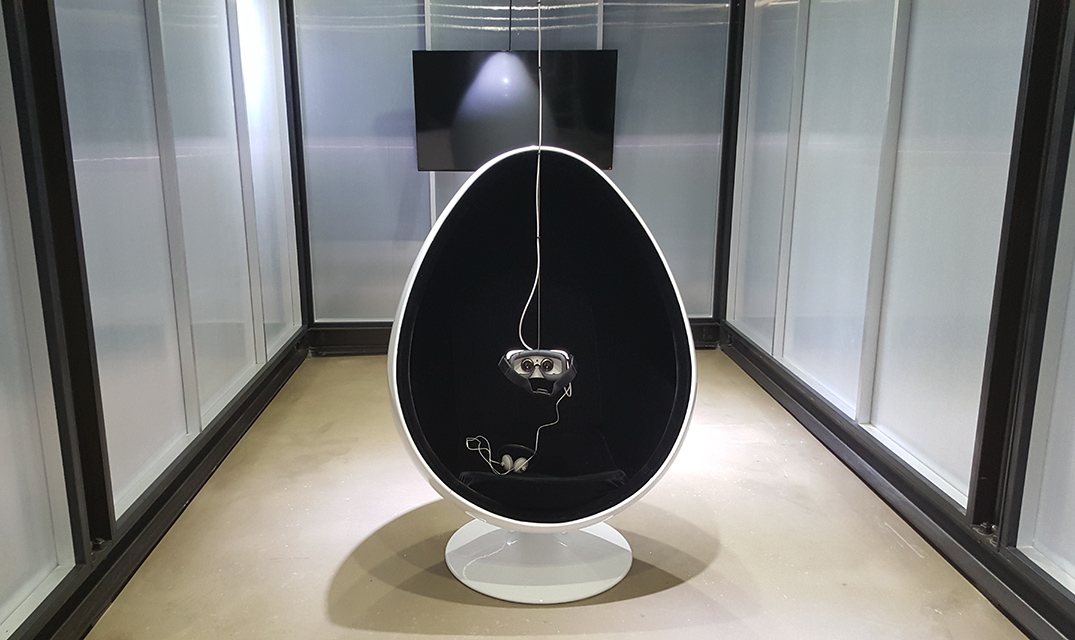
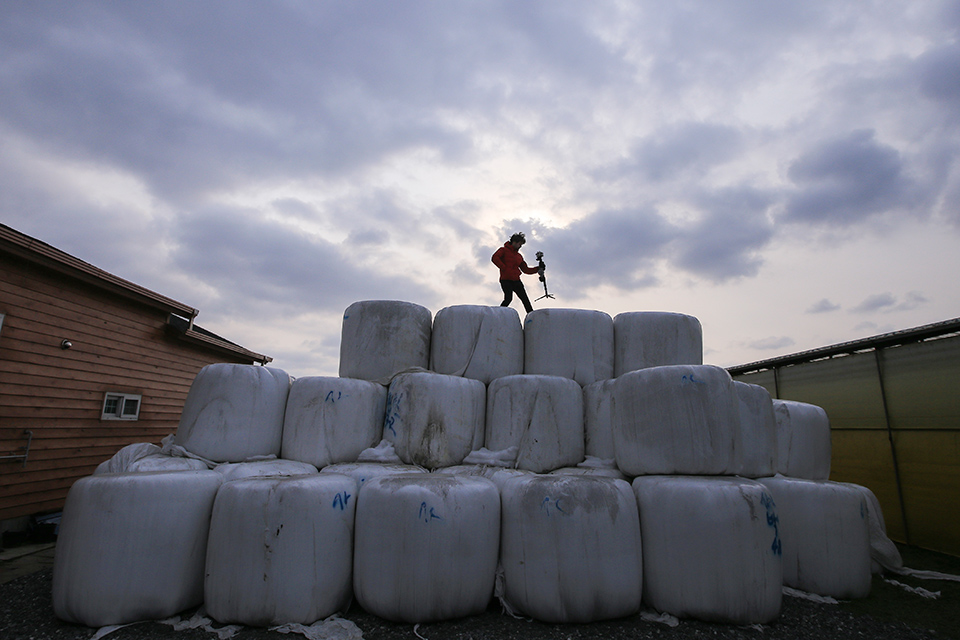
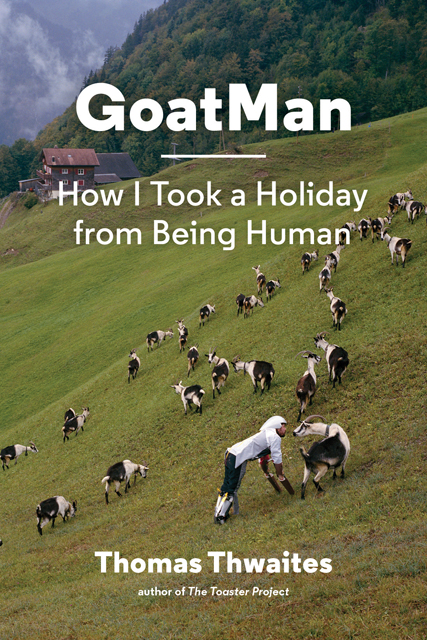

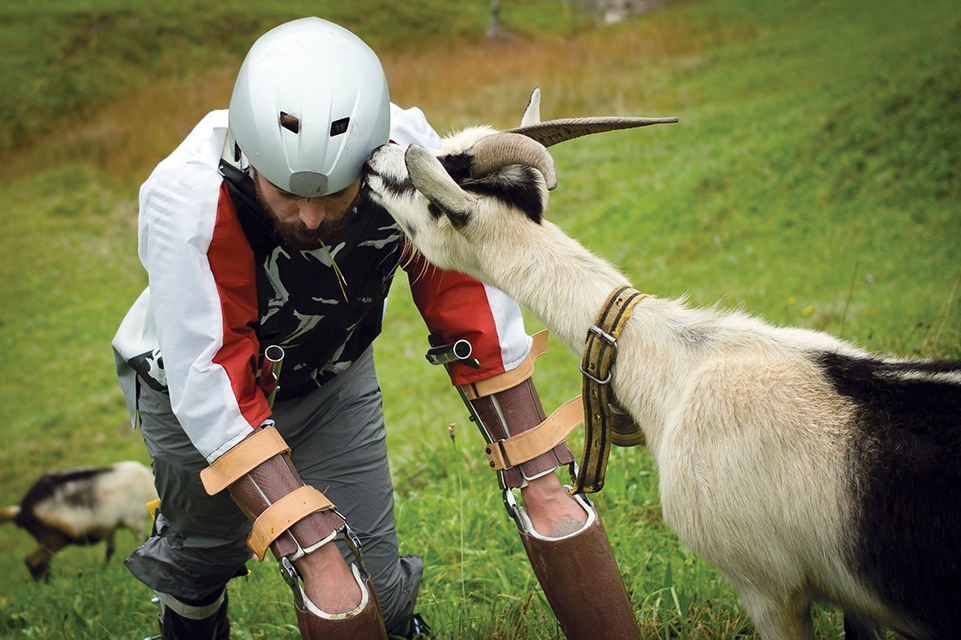


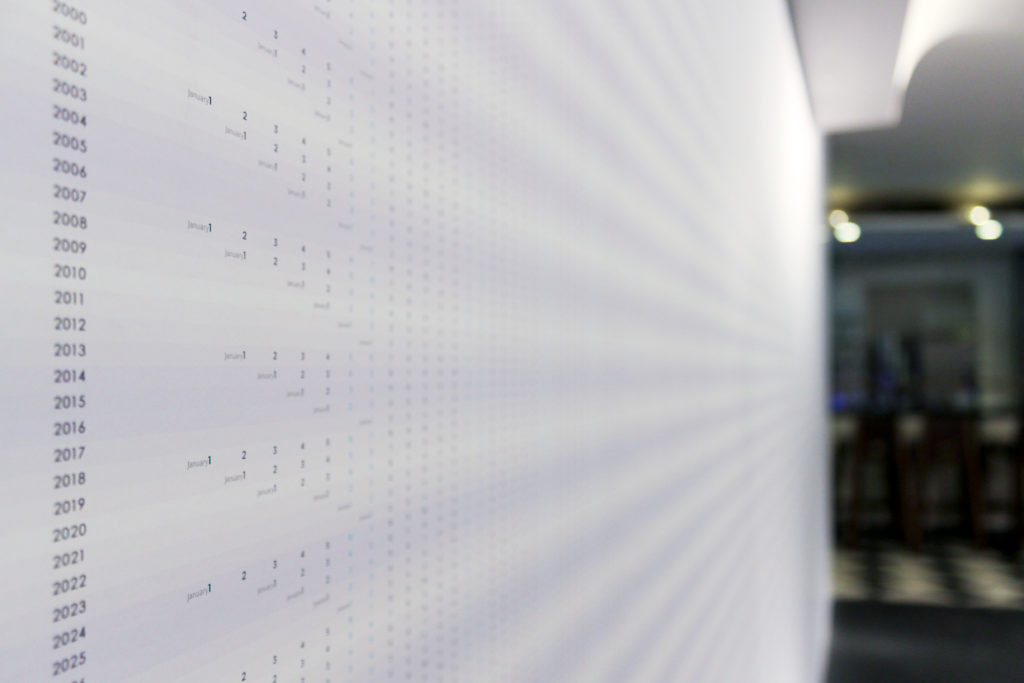
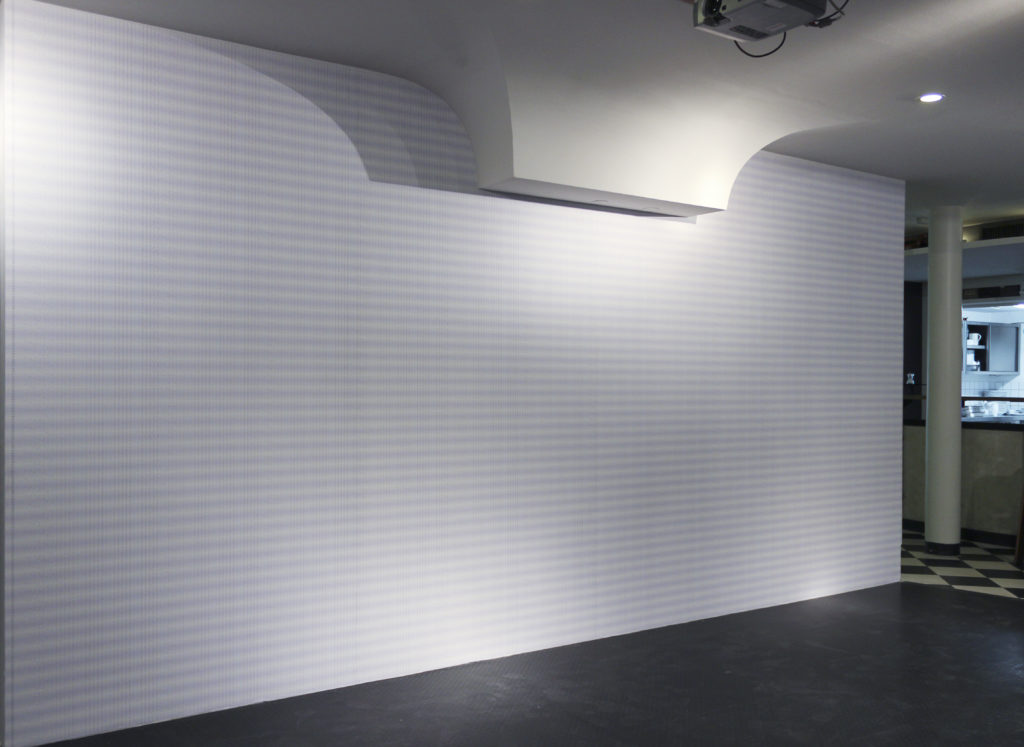
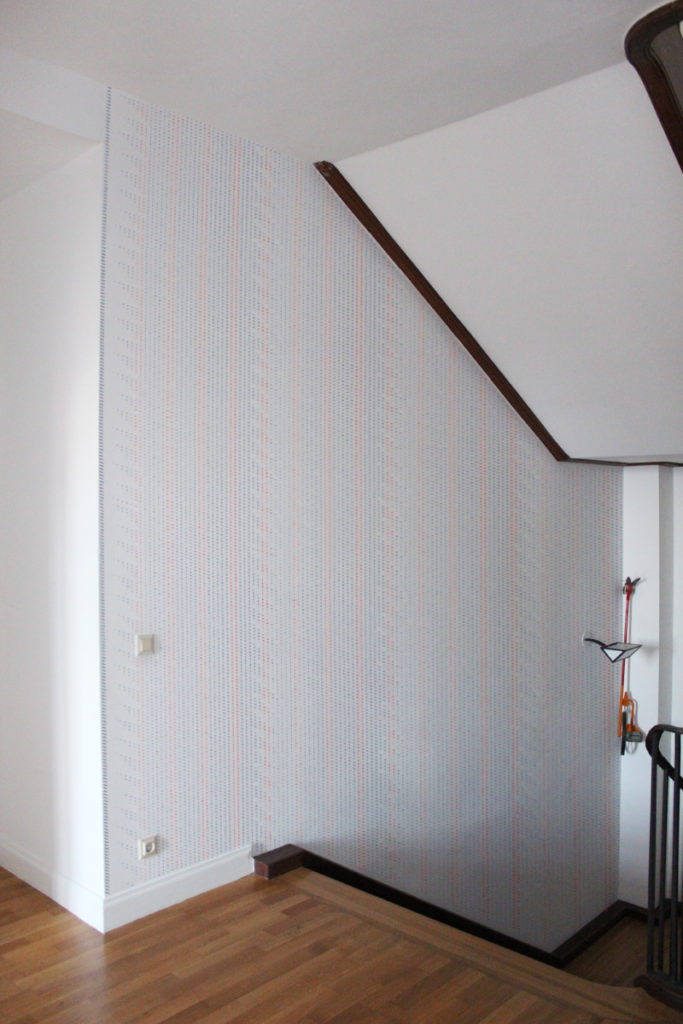

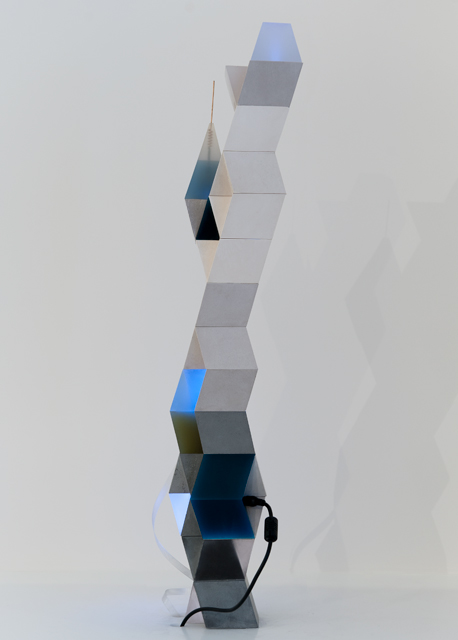
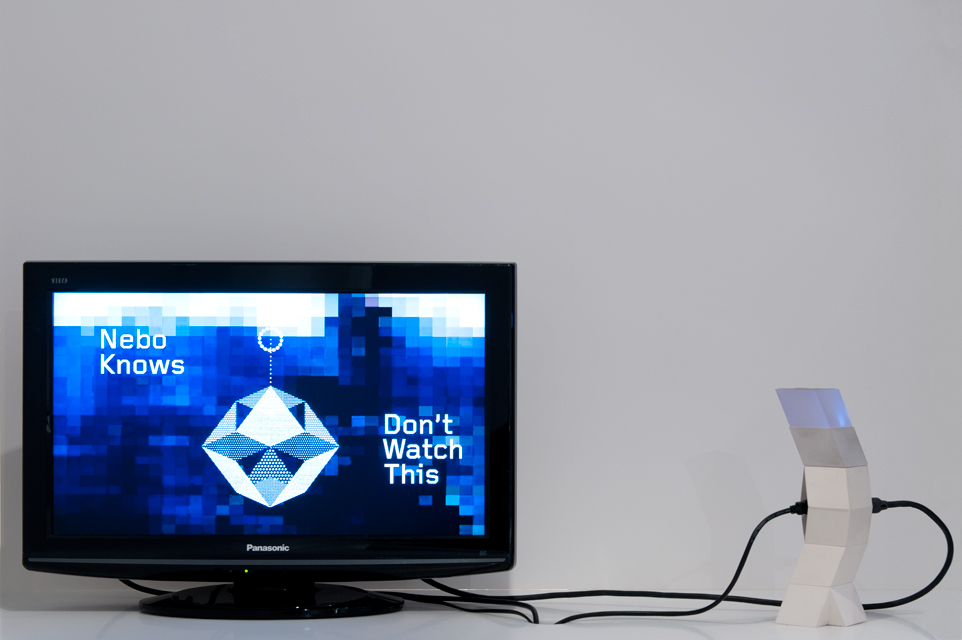
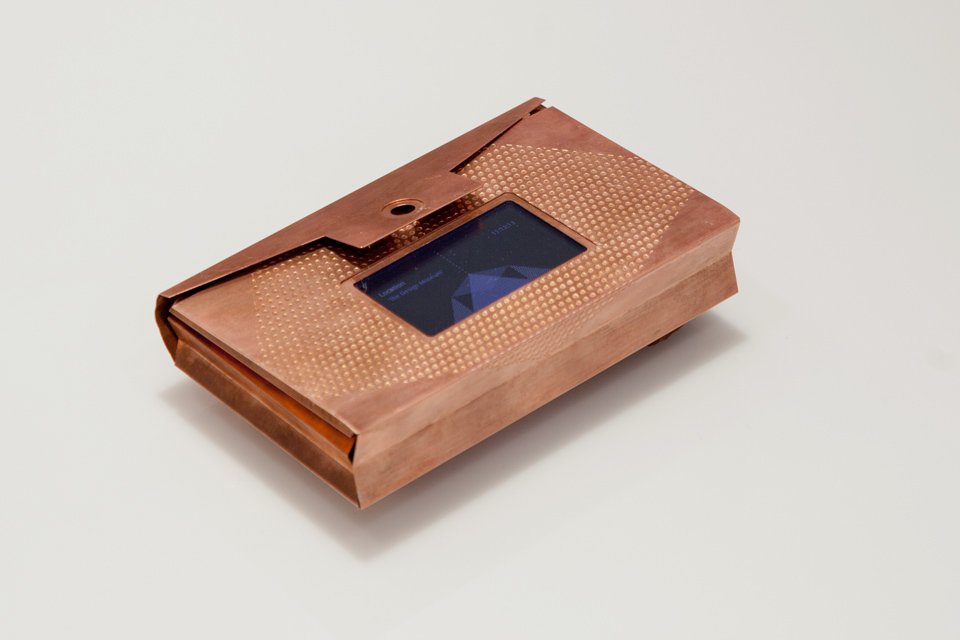
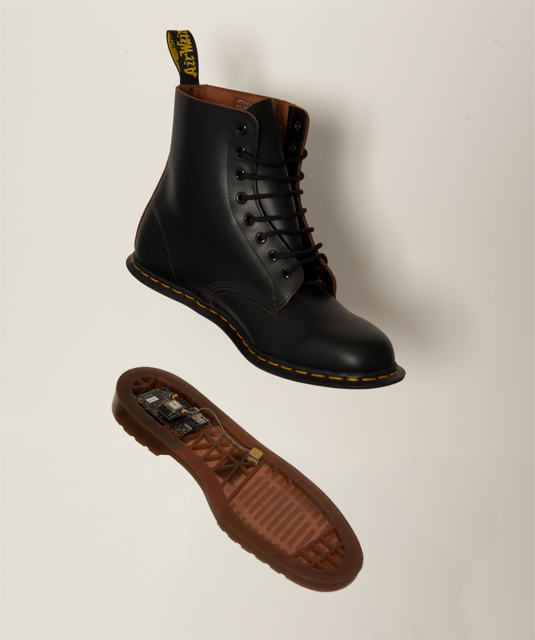



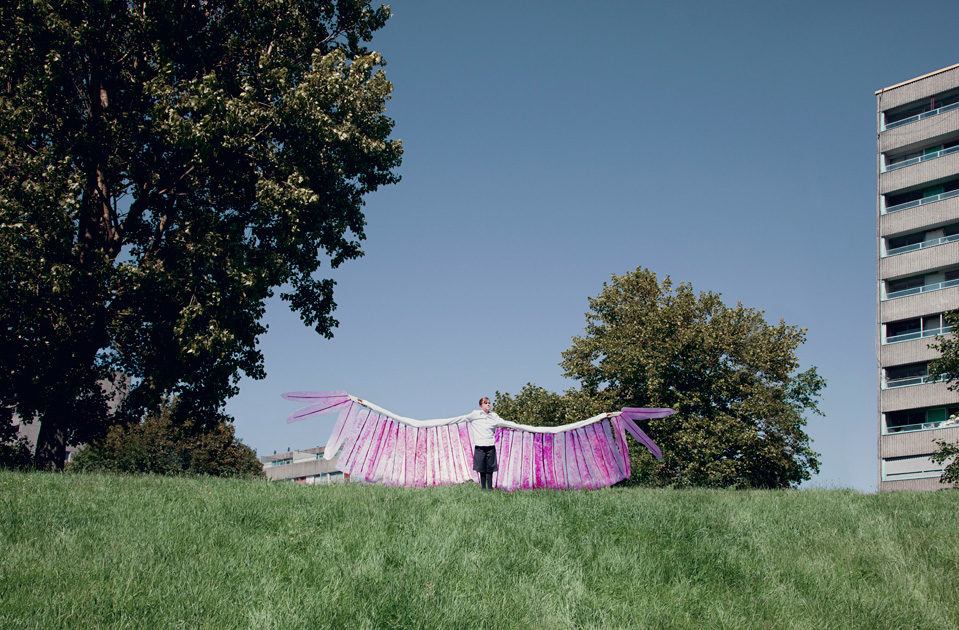

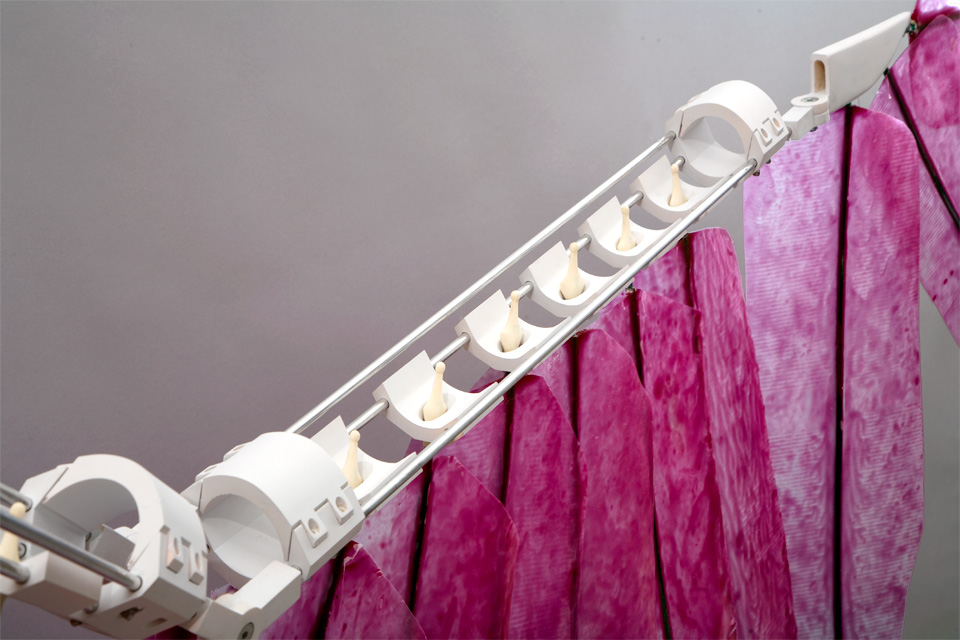
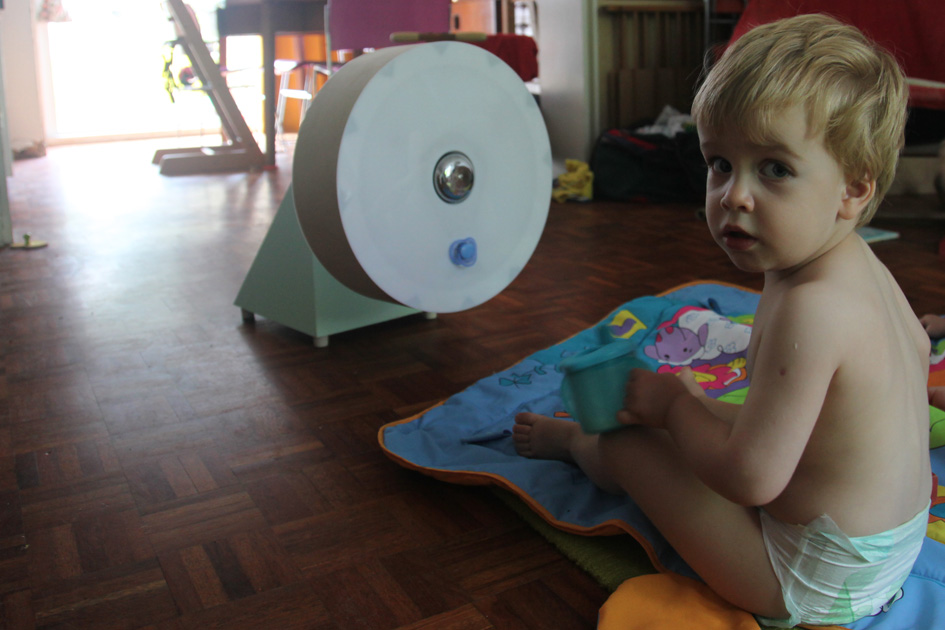 In an alternative present where the dogma of the Modern Synthesis hadn’t caused researchers to ignore epigenetic effects, society embraces the idea that some people have genes that are effected by the environment, and that these altered genes will be passed on to their children. The state therefore tests the population to determine if someone is of ‘the responsive type’, because the environment in which ‘a responder’ grows up has consequences for society: A nurturing environment and they grow to be highly social individuals, beneficial to society, but a bad environment and they overwhelmingly become criminals. Furthermore, the effects of this environment are passed down to their offspring as well. Therefore the resources of the state are directed towards the responders, with special, well funded schooling, to maximise the positive impact responders will have later in life. A form of ‘intergenerational responsibility’ is also implemented, with parents of responders held partly responsible, and liable to serve a part of any jail sentence, if their offspring grows up to commit serious crime. The Responsiveness Tester is employed nationwide to determine at 18 months, if a child is a responder. It gives them a mild fright, and gauges their responsiveness, by taking a sample of their saliva from the dummy, and measuring the levels of the stress hormone cortisol it contains.
In an alternative present where the dogma of the Modern Synthesis hadn’t caused researchers to ignore epigenetic effects, society embraces the idea that some people have genes that are effected by the environment, and that these altered genes will be passed on to their children. The state therefore tests the population to determine if someone is of ‘the responsive type’, because the environment in which ‘a responder’ grows up has consequences for society: A nurturing environment and they grow to be highly social individuals, beneficial to society, but a bad environment and they overwhelmingly become criminals. Furthermore, the effects of this environment are passed down to their offspring as well. Therefore the resources of the state are directed towards the responders, with special, well funded schooling, to maximise the positive impact responders will have later in life. A form of ‘intergenerational responsibility’ is also implemented, with parents of responders held partly responsible, and liable to serve a part of any jail sentence, if their offspring grows up to commit serious crime. The Responsiveness Tester is employed nationwide to determine at 18 months, if a child is a responder. It gives them a mild fright, and gauges their responsiveness, by taking a sample of their saliva from the dummy, and measuring the levels of the stress hormone cortisol it contains. 
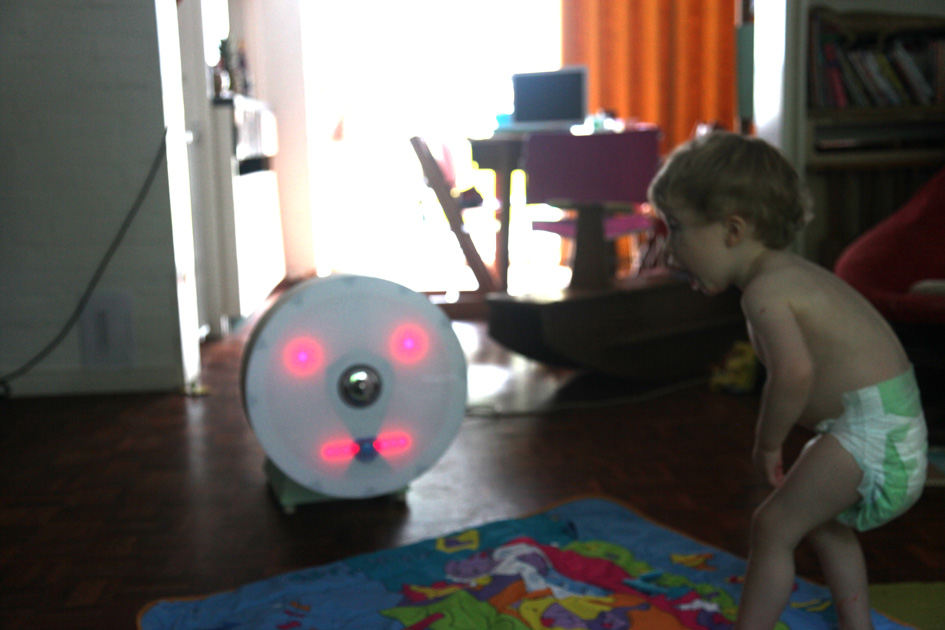
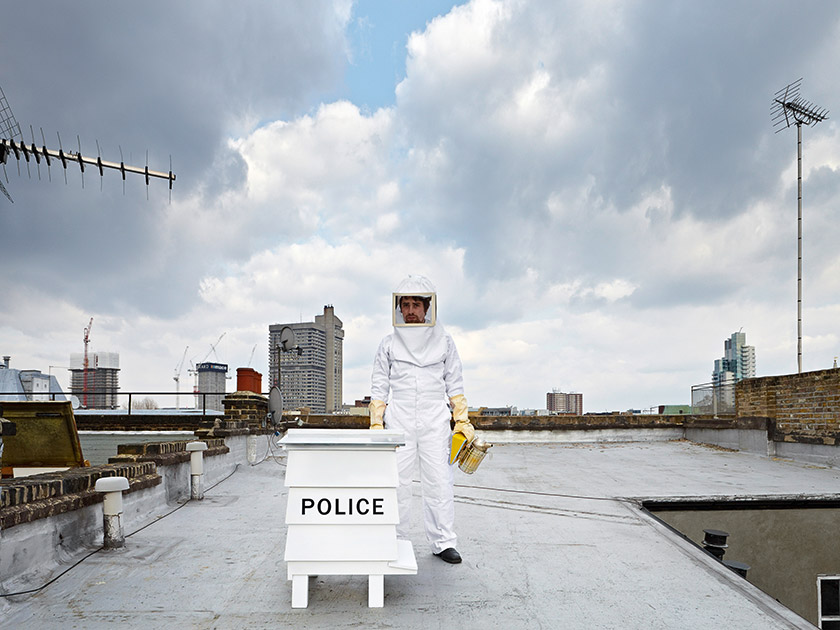
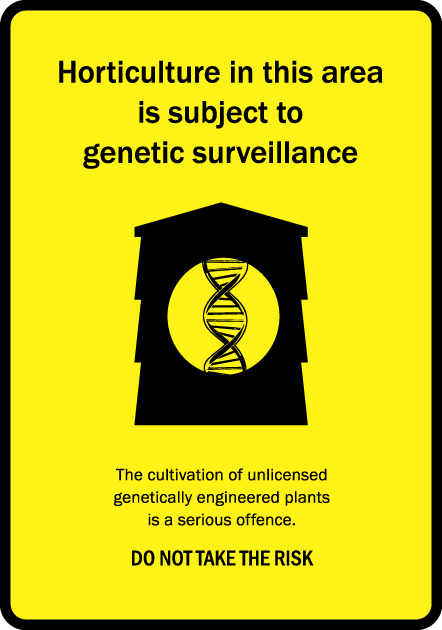
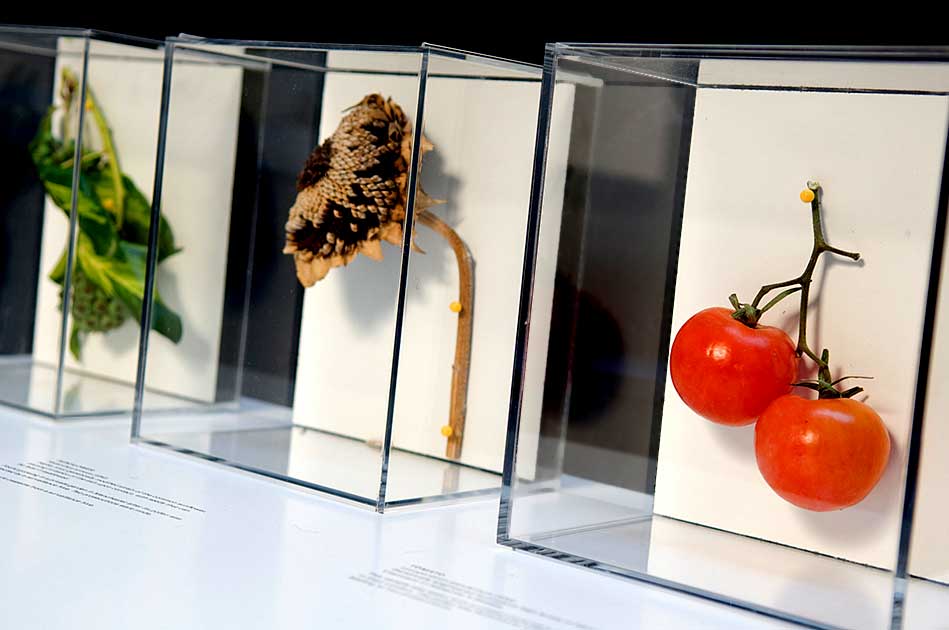 Vicia faba (Broad bean – GM) Modified by amateurs to produce the class A controlled drug, Benzoylmethylecgonine (‘Cocaine’). Pollen from the modified plants was traced to a large crop being cultivated within three miles of a commercial farm, thus posing a serious risk of cross-pollination with food crops. Six convictions were made. Helianthus annuus (Sunflower – GM) Highly toxic, genetically modified strain of the common sunflower, causing irritation of the skin upon contact, with seeds that can be fatal if swallowed. Lycopersicon esculentum (Tomato – GM) Genetically engineered to produce high levels of Ebixam®, a patented drug used in the treatment of Alzheimer’s disease. This sample was taken from a pirated clone plant, grown illegally on an allotment in East London. Its pollen was detected by a Metropolitan Police surveillance hive, leading to two prosecutions.
Vicia faba (Broad bean – GM) Modified by amateurs to produce the class A controlled drug, Benzoylmethylecgonine (‘Cocaine’). Pollen from the modified plants was traced to a large crop being cultivated within three miles of a commercial farm, thus posing a serious risk of cross-pollination with food crops. Six convictions were made. Helianthus annuus (Sunflower – GM) Highly toxic, genetically modified strain of the common sunflower, causing irritation of the skin upon contact, with seeds that can be fatal if swallowed. Lycopersicon esculentum (Tomato – GM) Genetically engineered to produce high levels of Ebixam®, a patented drug used in the treatment of Alzheimer’s disease. This sample was taken from a pirated clone plant, grown illegally on an allotment in East London. Its pollen was detected by a Metropolitan Police surveillance hive, leading to two prosecutions. 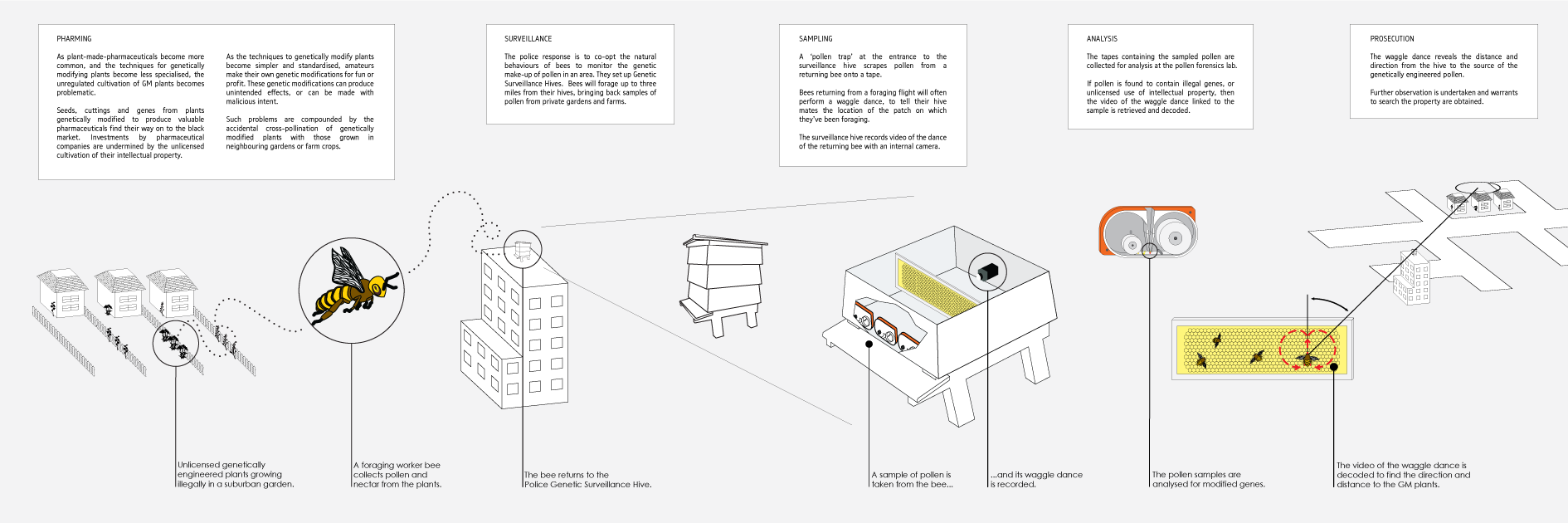

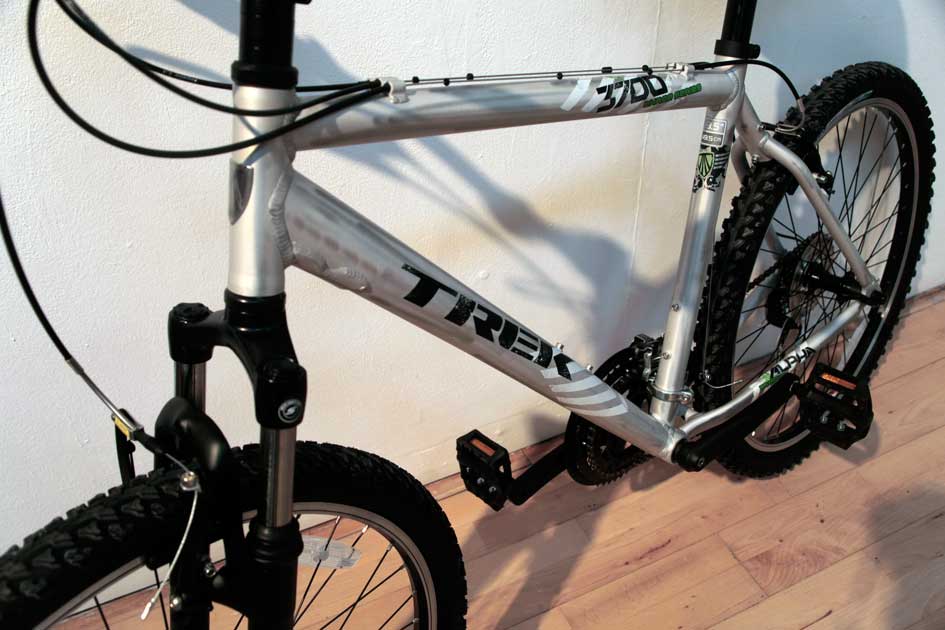 The bicycle, purchased from the Liverpool St branch of Evans cycles. The shop assistant Ahmed who said he used to hang out with some bicycle thieves, insisted that this bike was the one to go for as it was a TREK, and had suspension. Bicycle thieves also like disc brakes apparently, but our budget wouldn’t stretch that far.
The bicycle, purchased from the Liverpool St branch of Evans cycles. The shop assistant Ahmed who said he used to hang out with some bicycle thieves, insisted that this bike was the one to go for as it was a TREK, and had suspension. Bicycle thieves also like disc brakes apparently, but our budget wouldn’t stretch that far.  I wrote an App for the G1 Android phone which caused it to take photos and text us its coordinates when it was moved. Steven added extra batteries which would keep it running for about three weeks we think, and hid the assembly in the saddle. Java code for the App
I wrote an App for the G1 Android phone which caused it to take photos and text us its coordinates when it was moved. Steven added extra batteries which would keep it running for about three weeks we think, and hid the assembly in the saddle. Java code for the App 

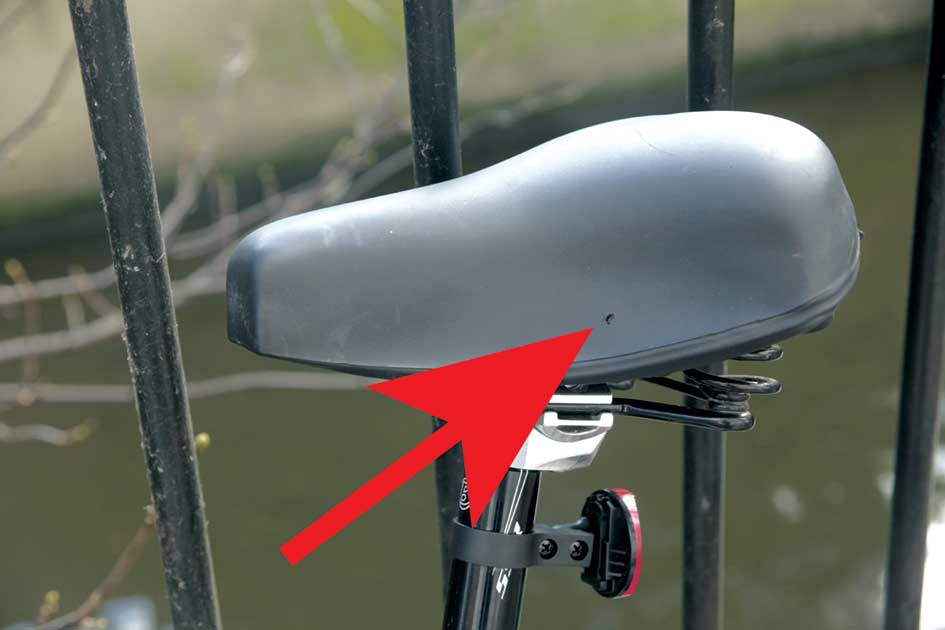 The (quite subtle) hole drilled in the saddle for the camera lens.
The (quite subtle) hole drilled in the saddle for the camera lens.  During our residency, a girls’ rather fashionable Dutch-style bike was stolen from outside the gallery. It was locked just next to our honeytrap. This suggests either we got the thieves taste in bikes drastically wrong, or they had read about our project on the gallery poster
During our residency, a girls’ rather fashionable Dutch-style bike was stolen from outside the gallery. It was locked just next to our honeytrap. This suggests either we got the thieves taste in bikes drastically wrong, or they had read about our project on the gallery poster 
